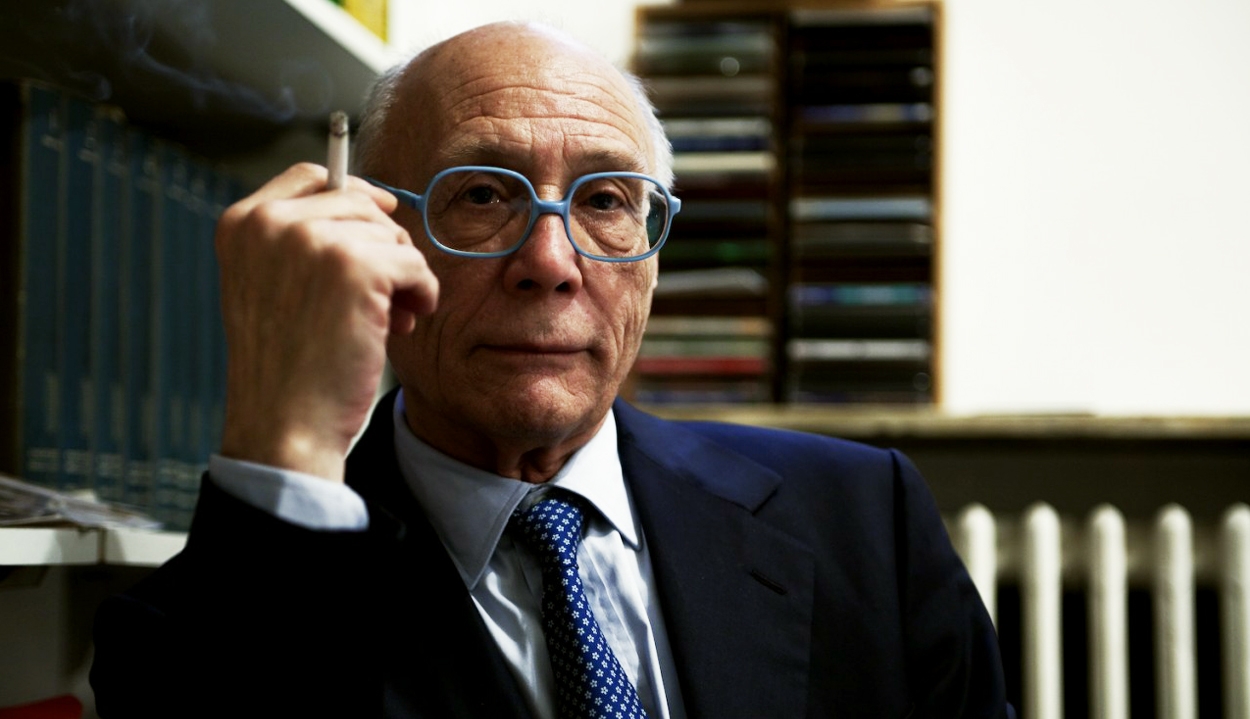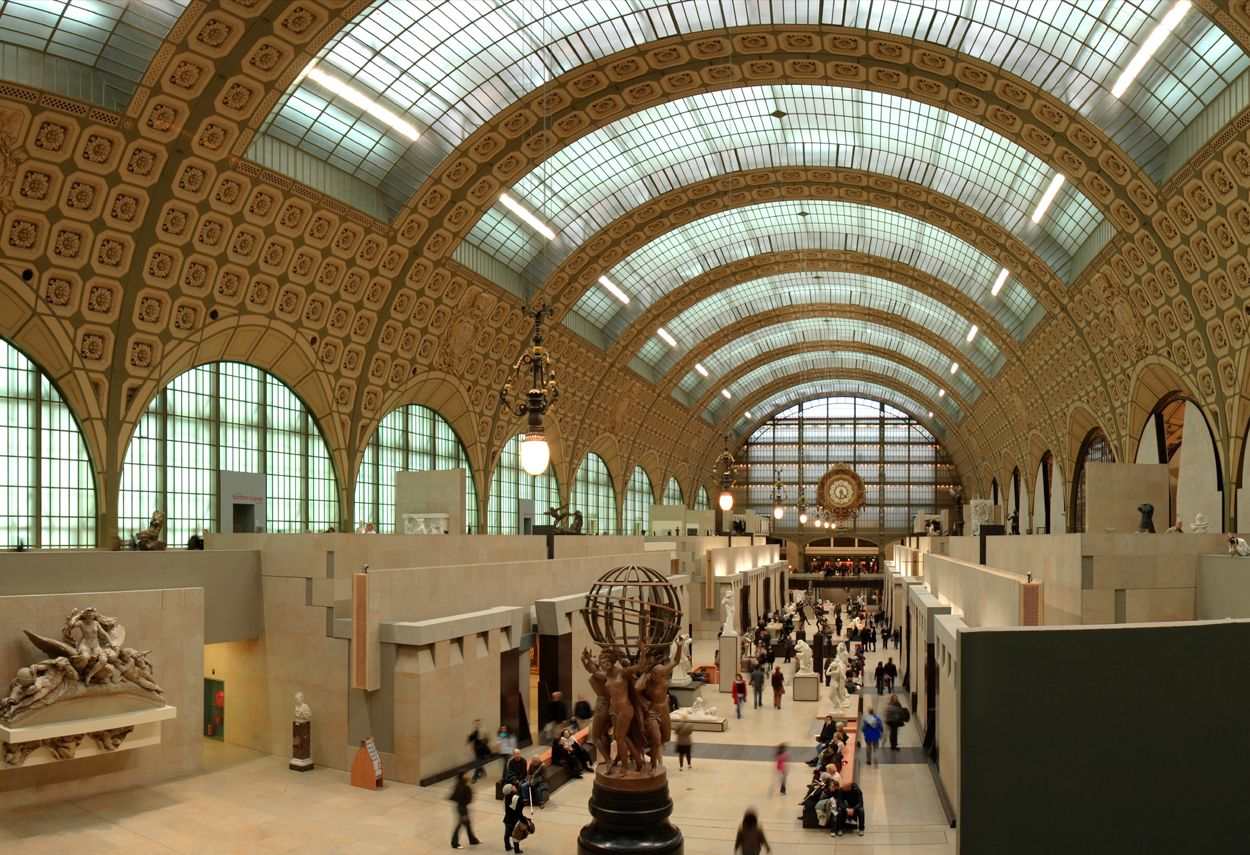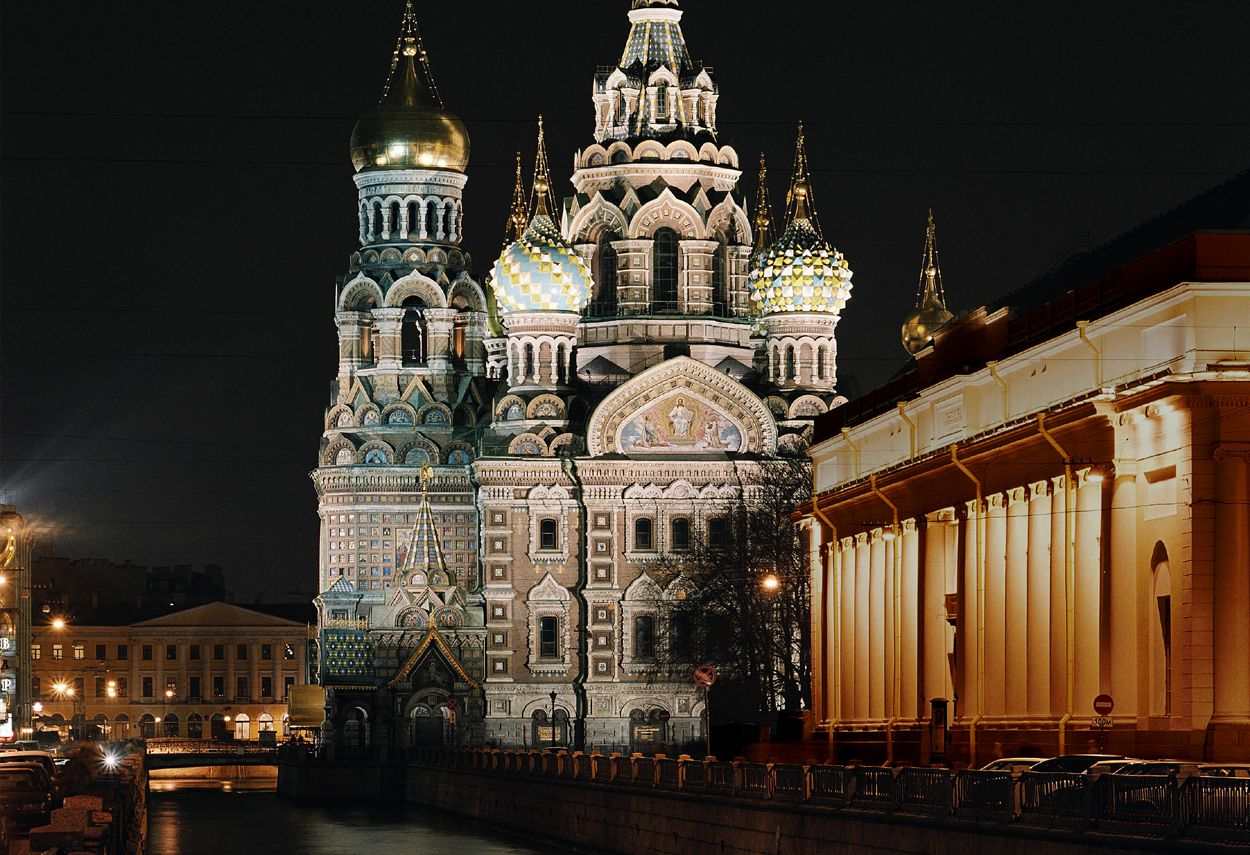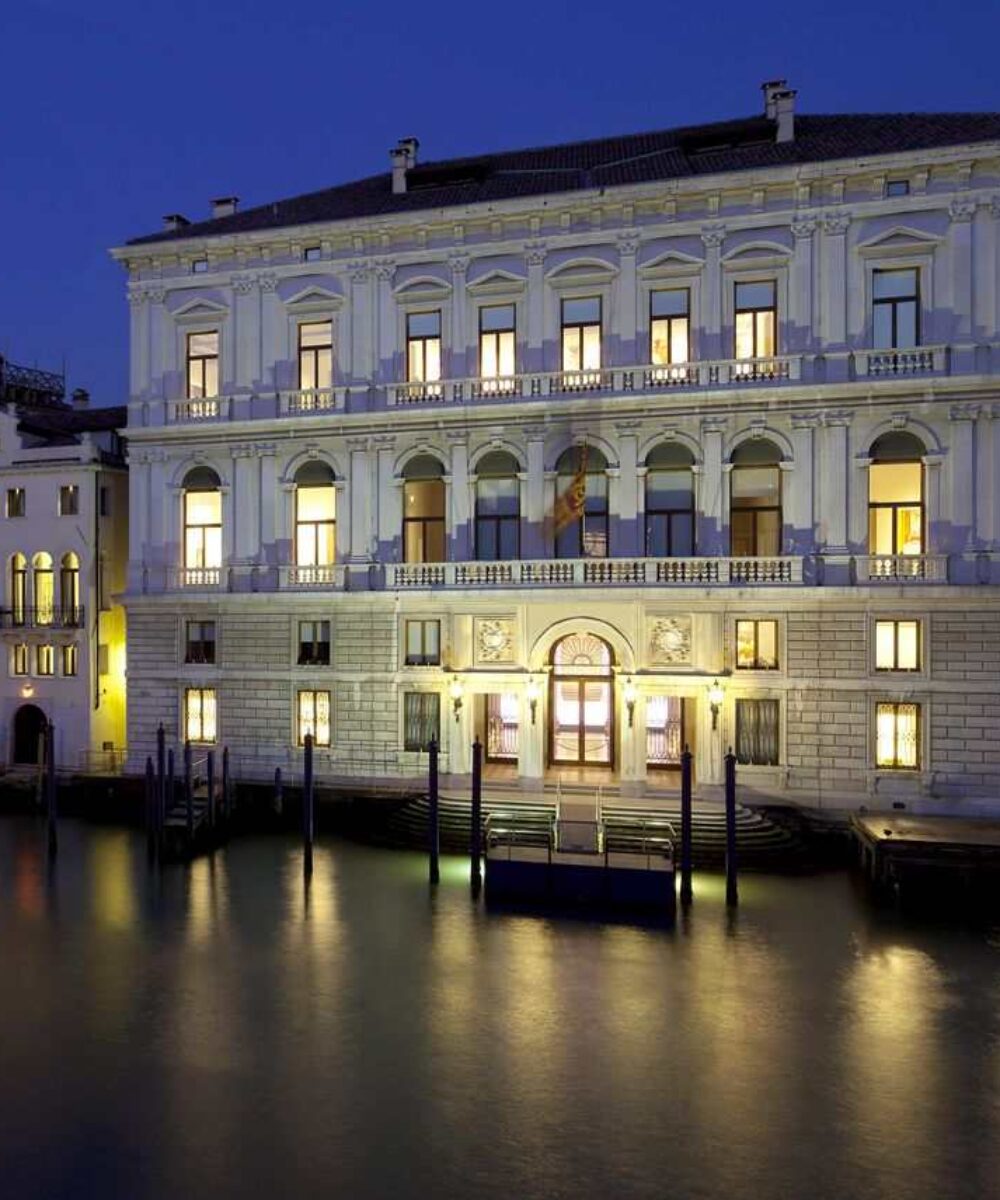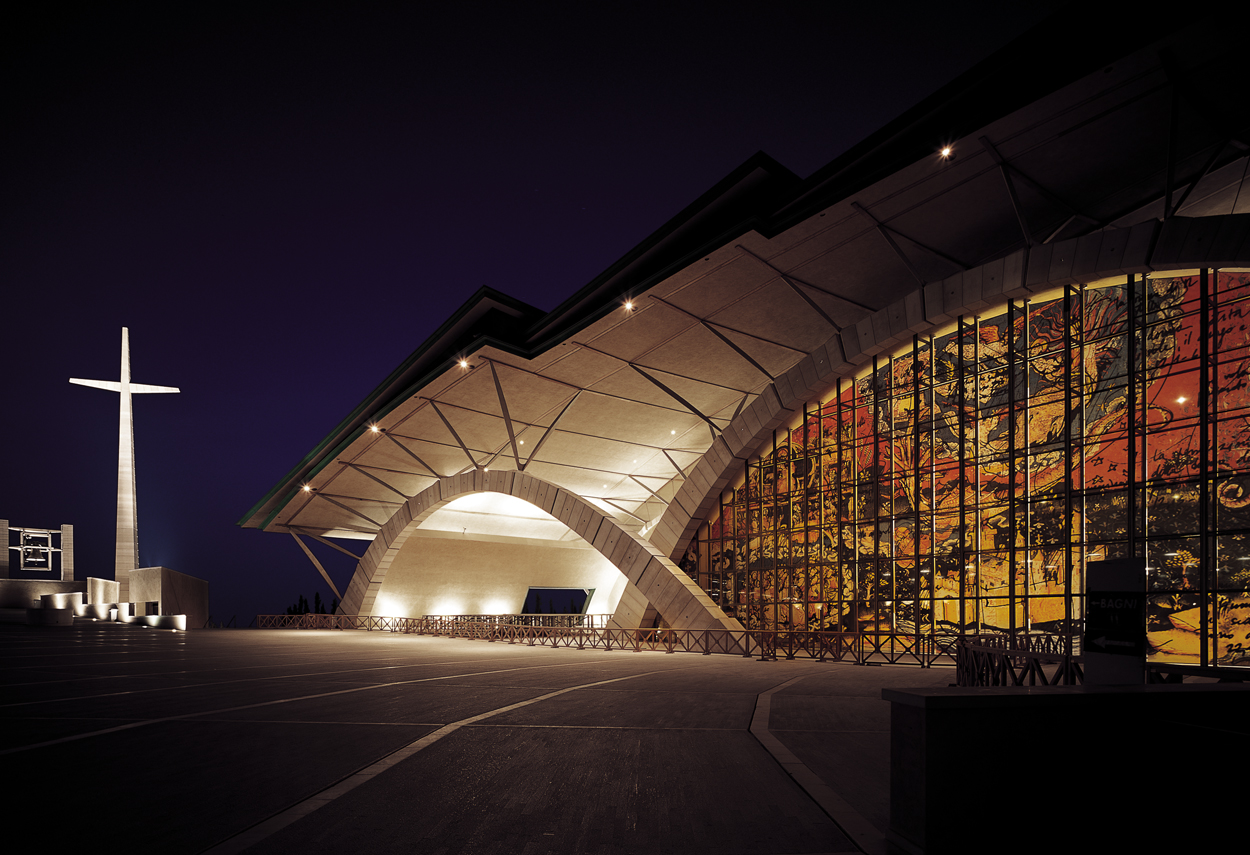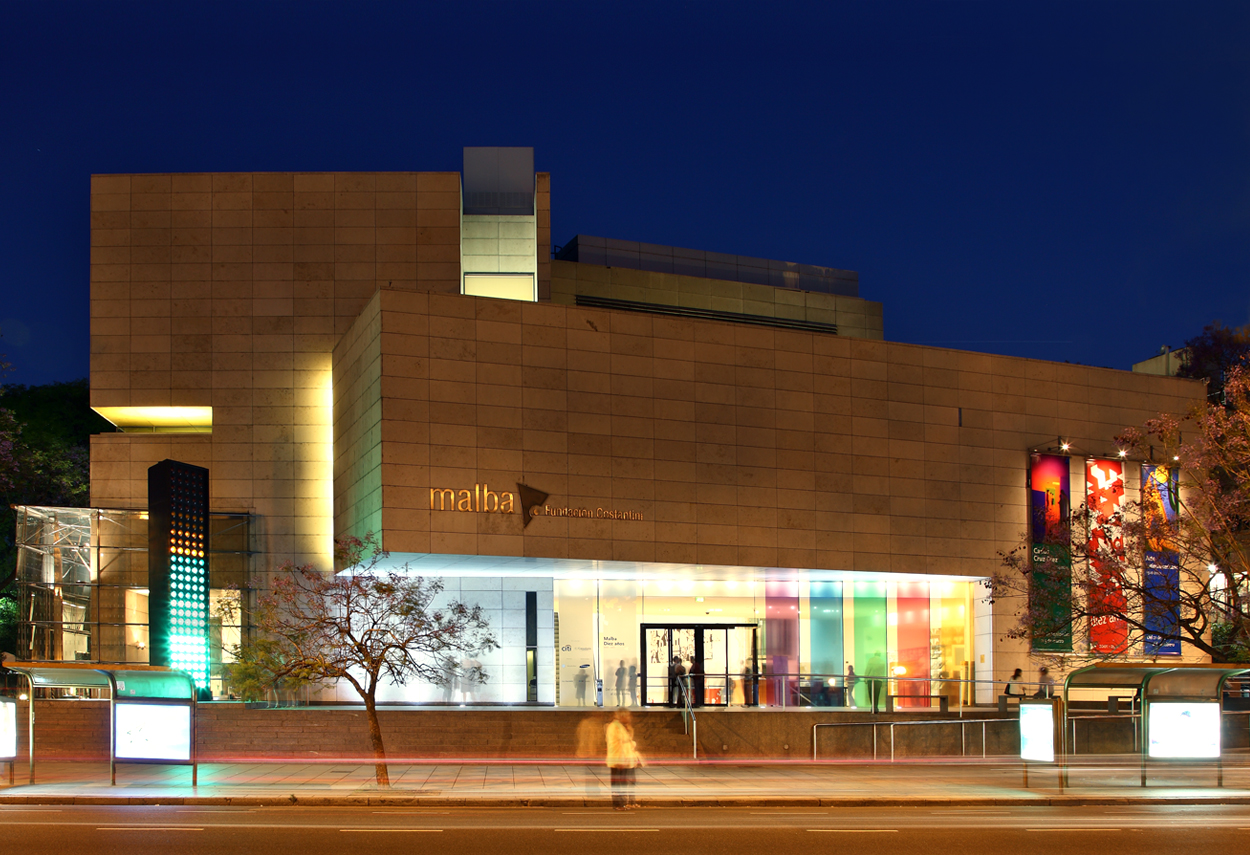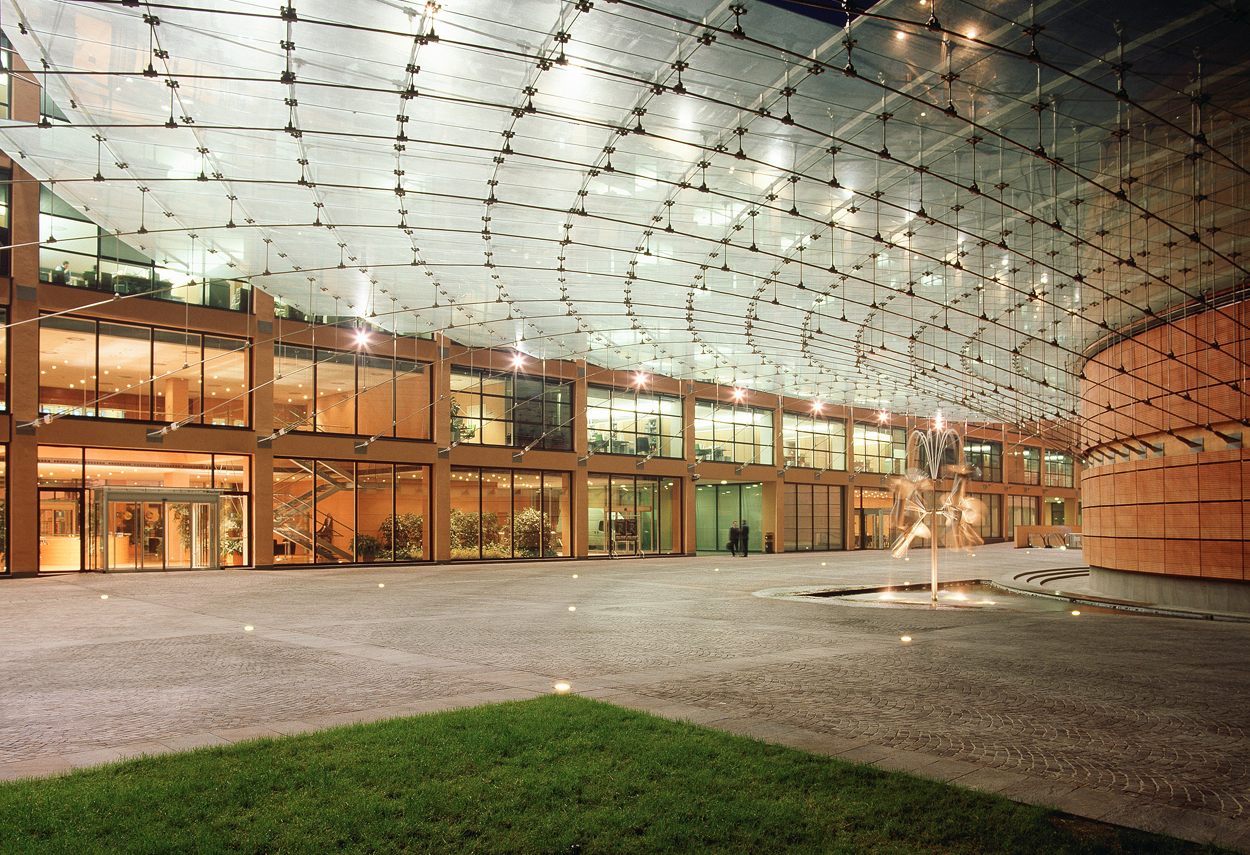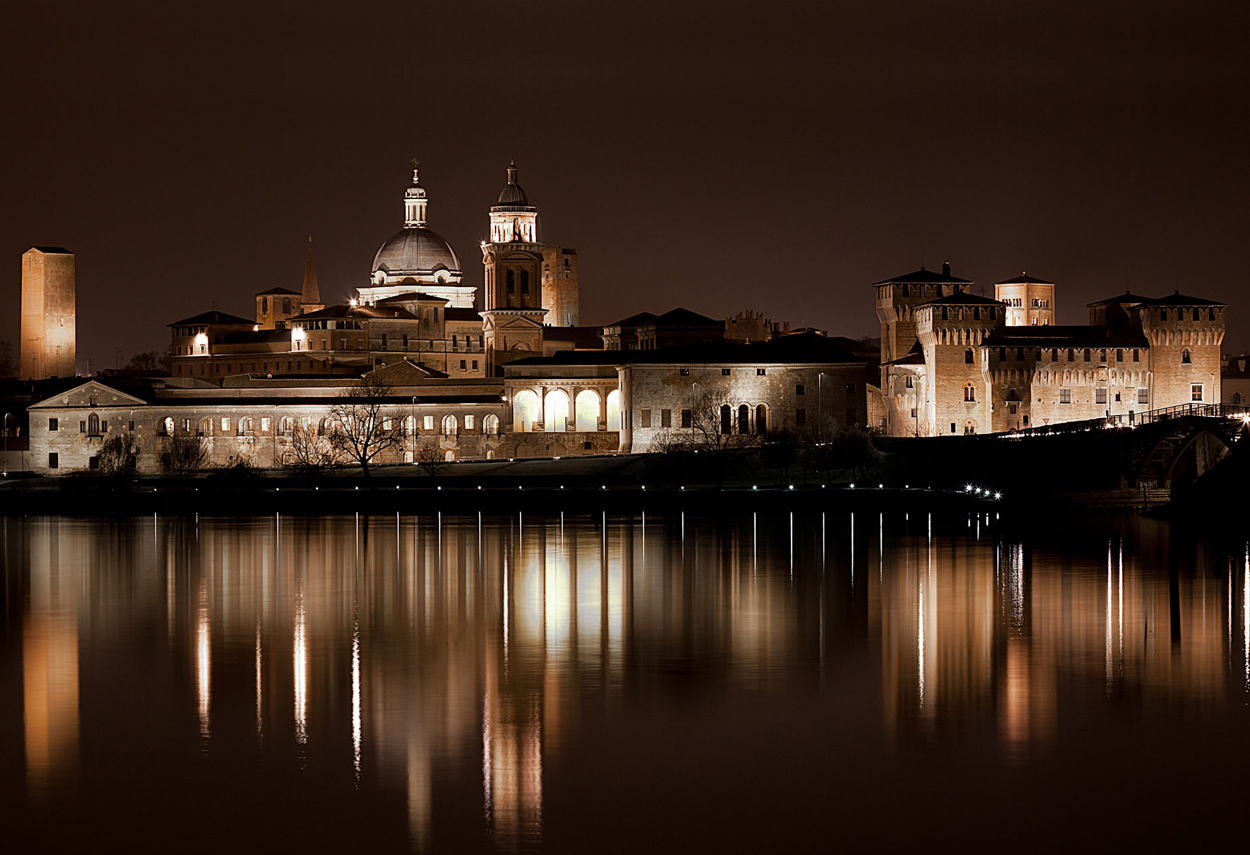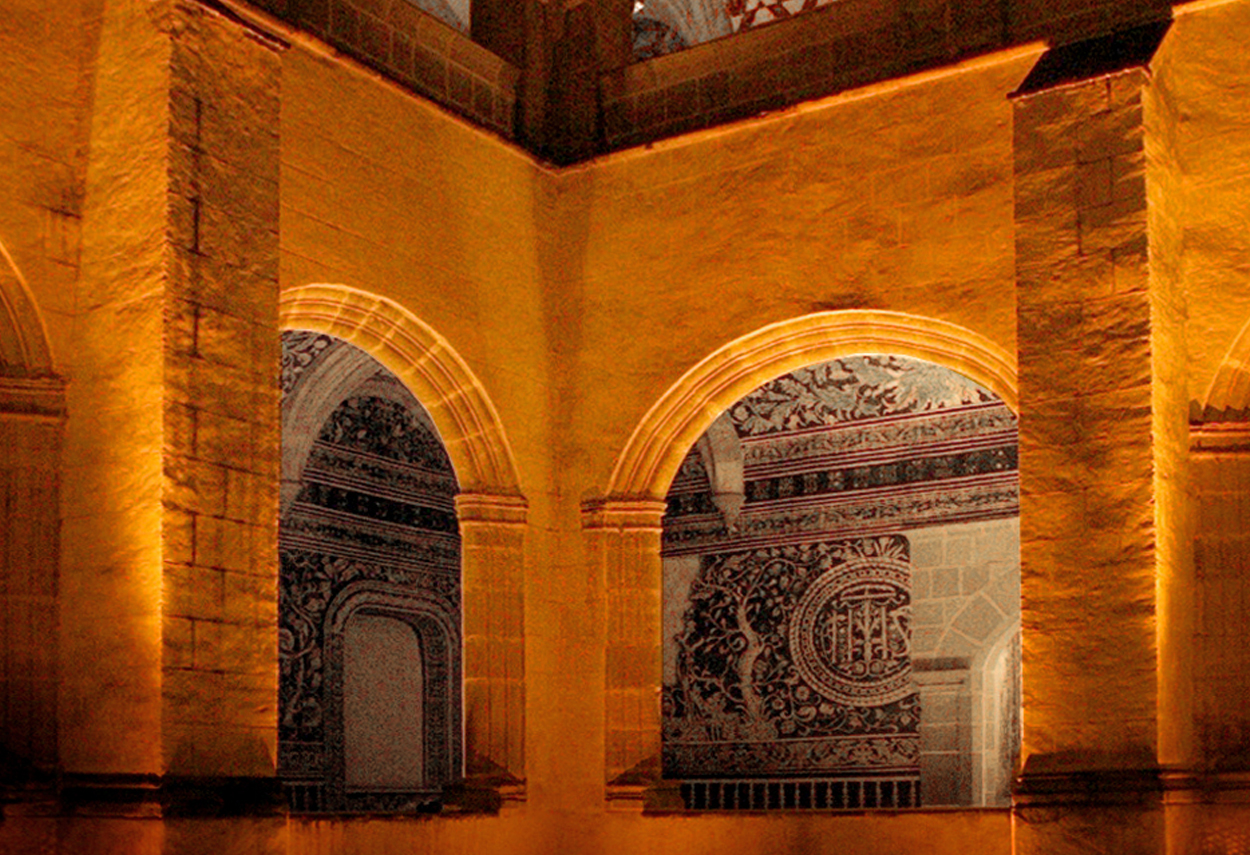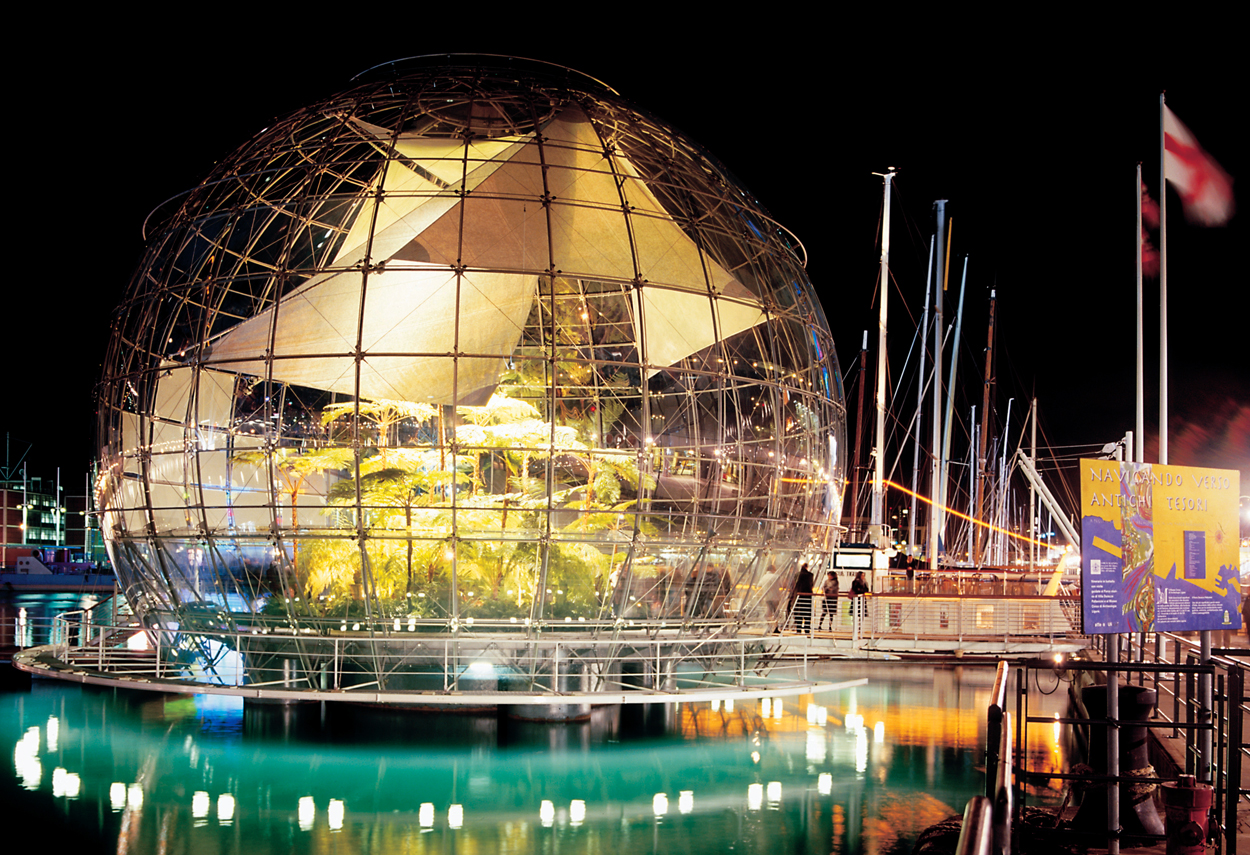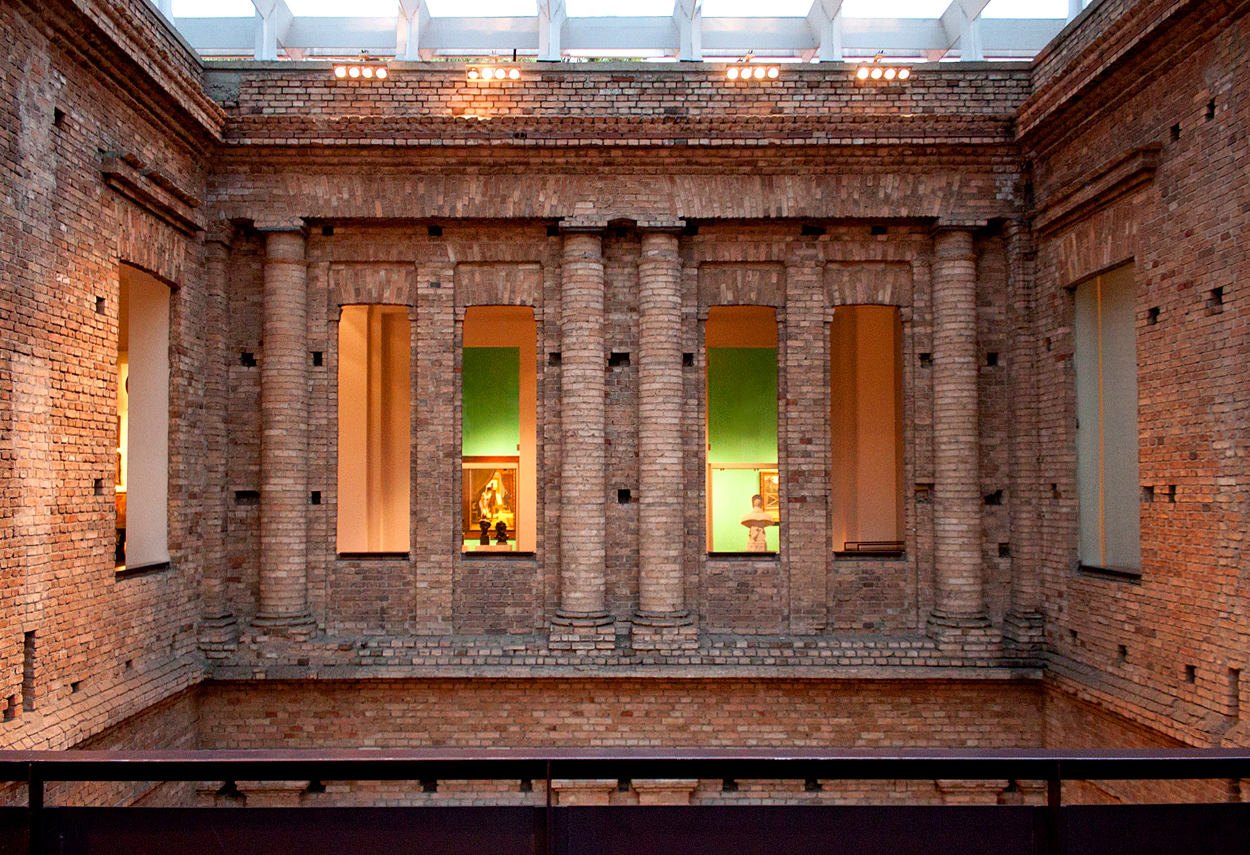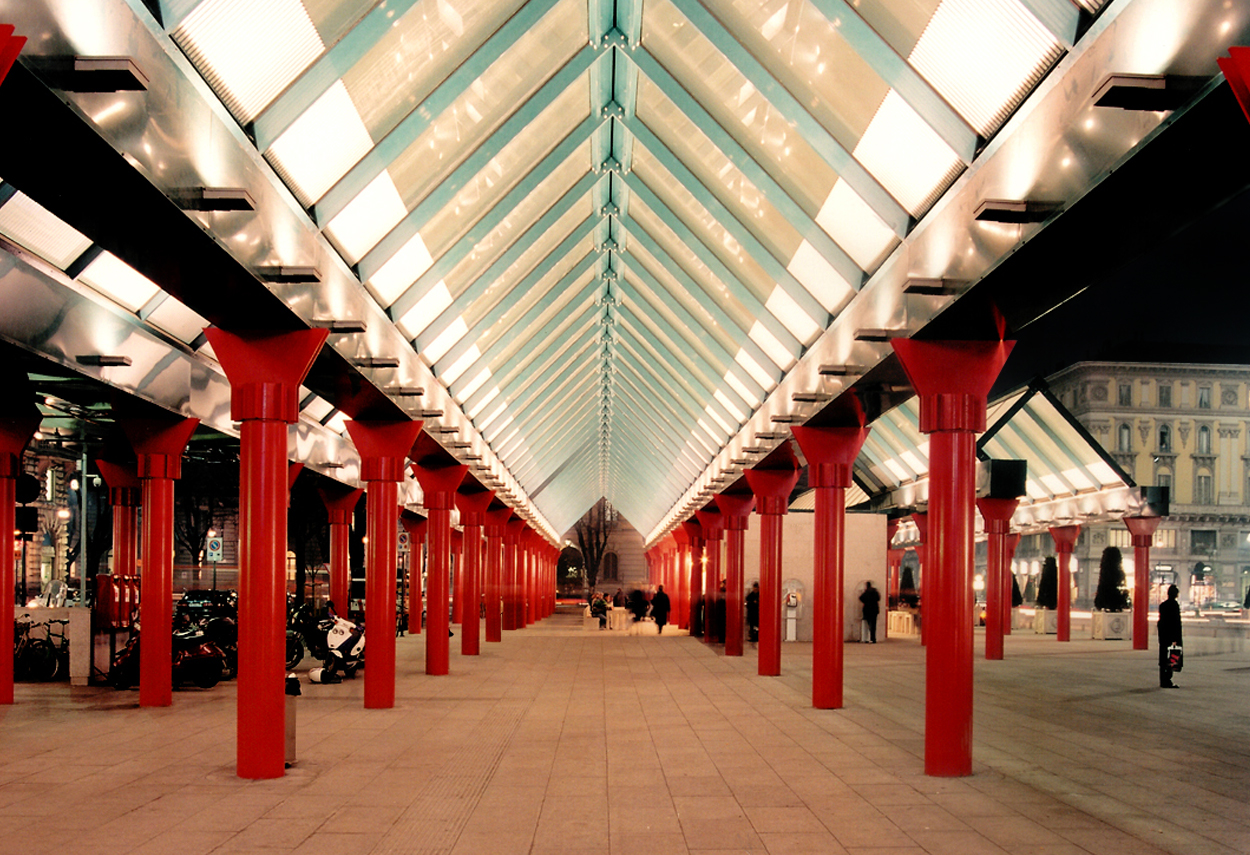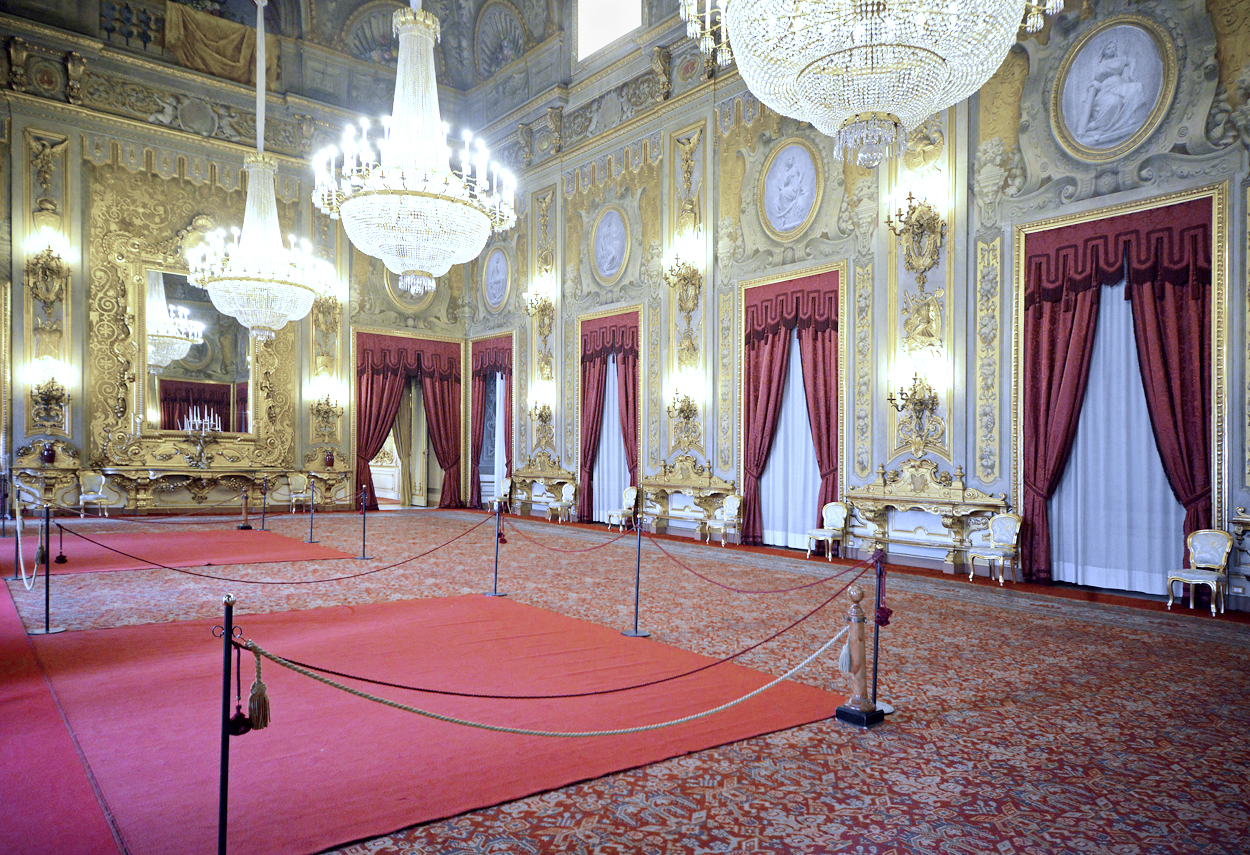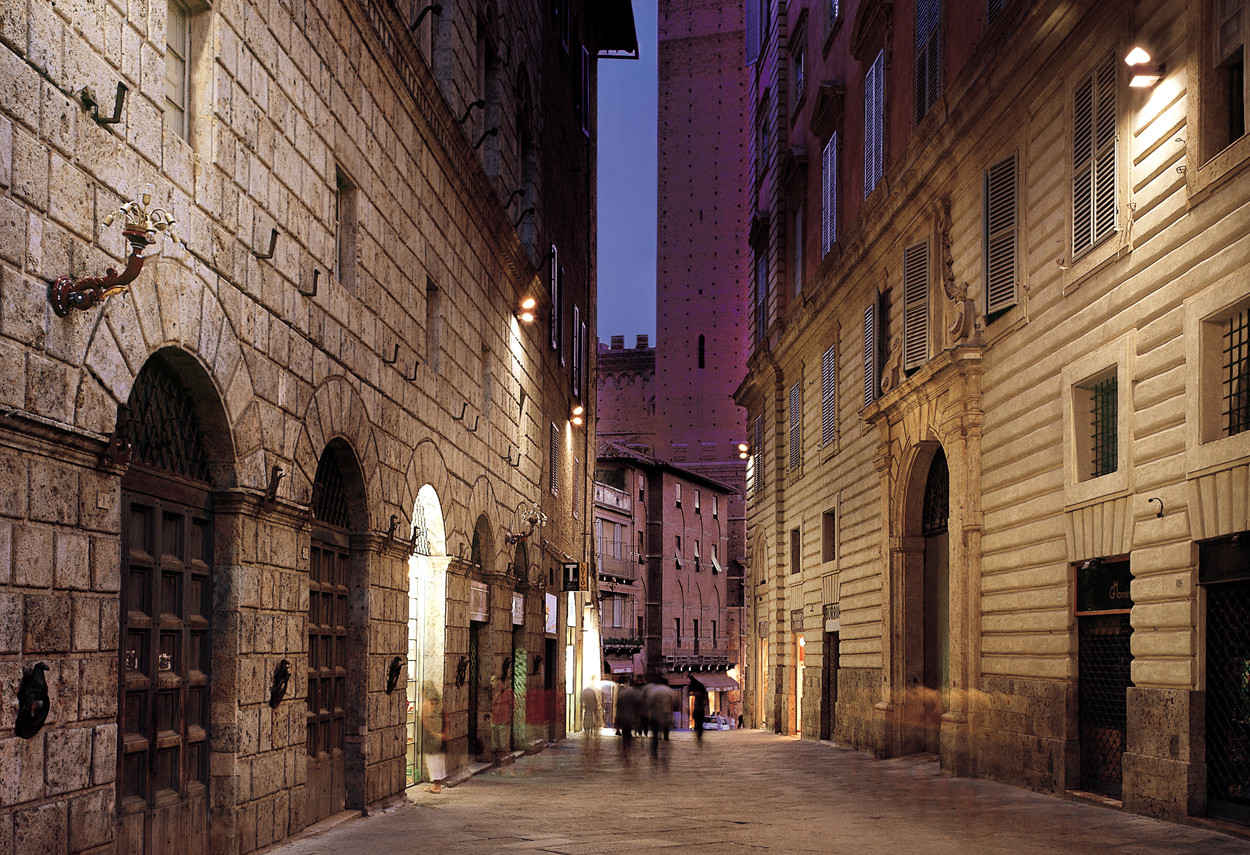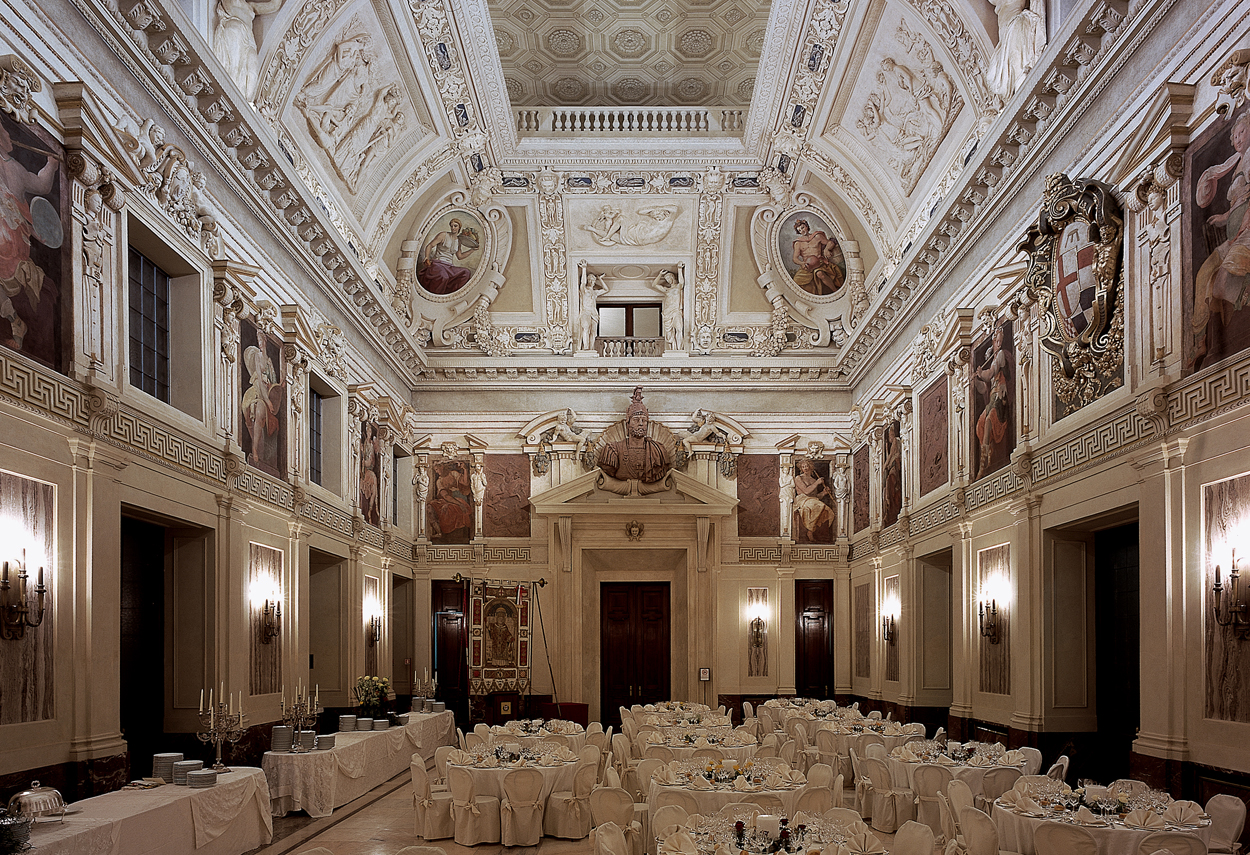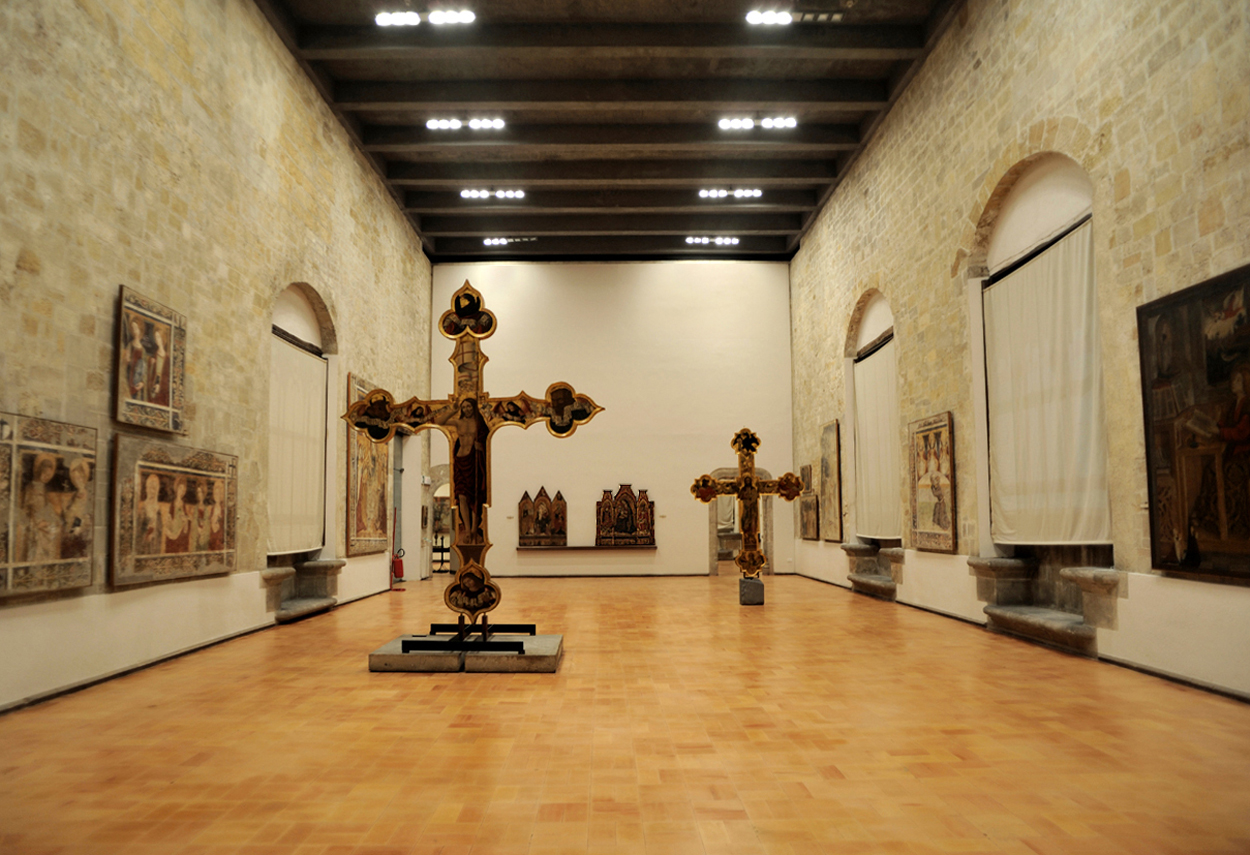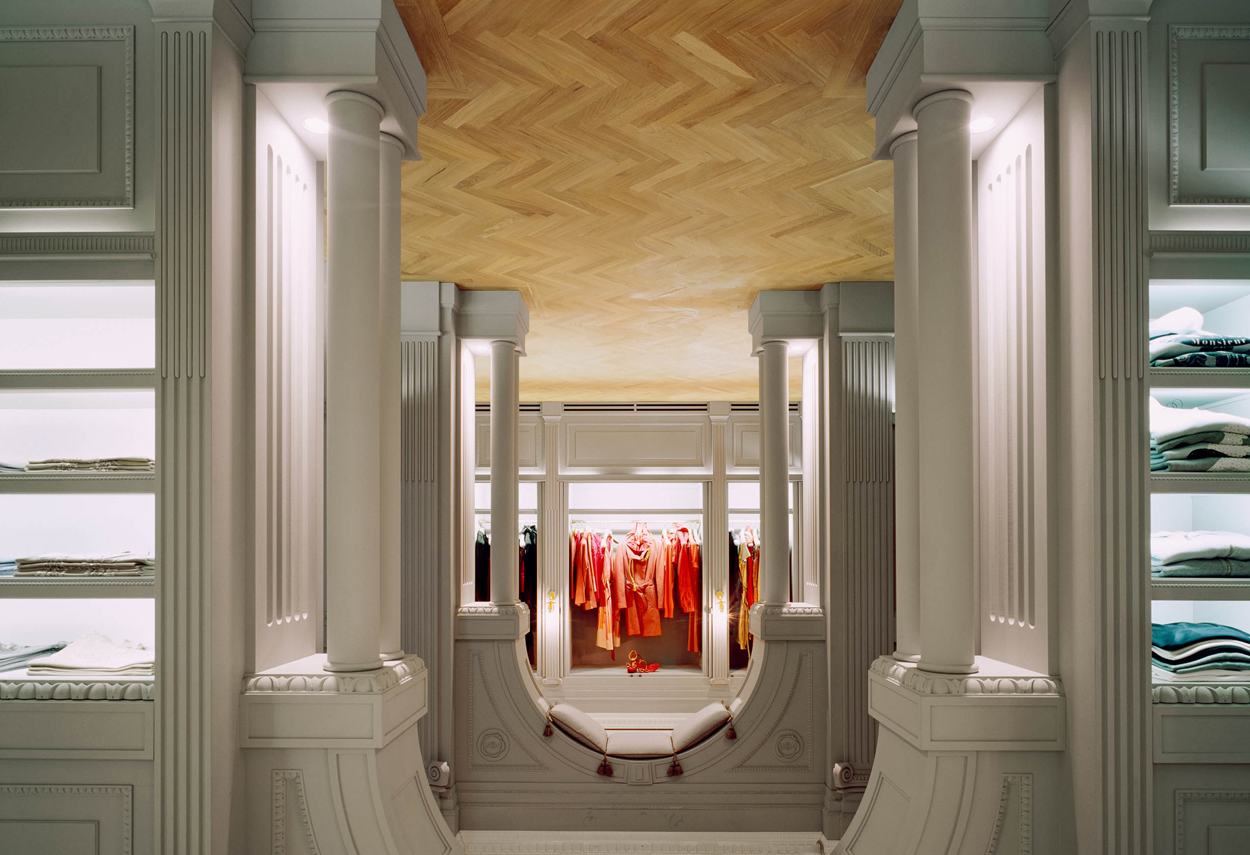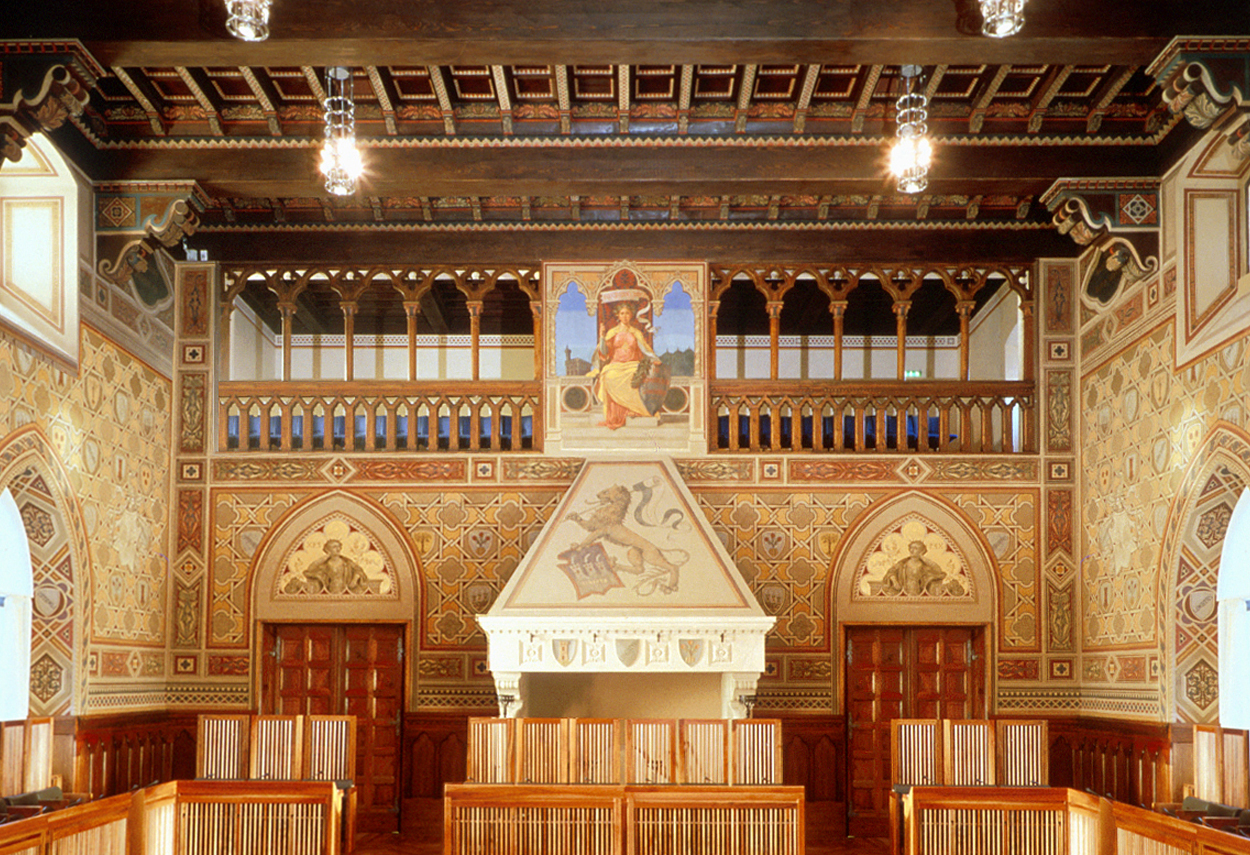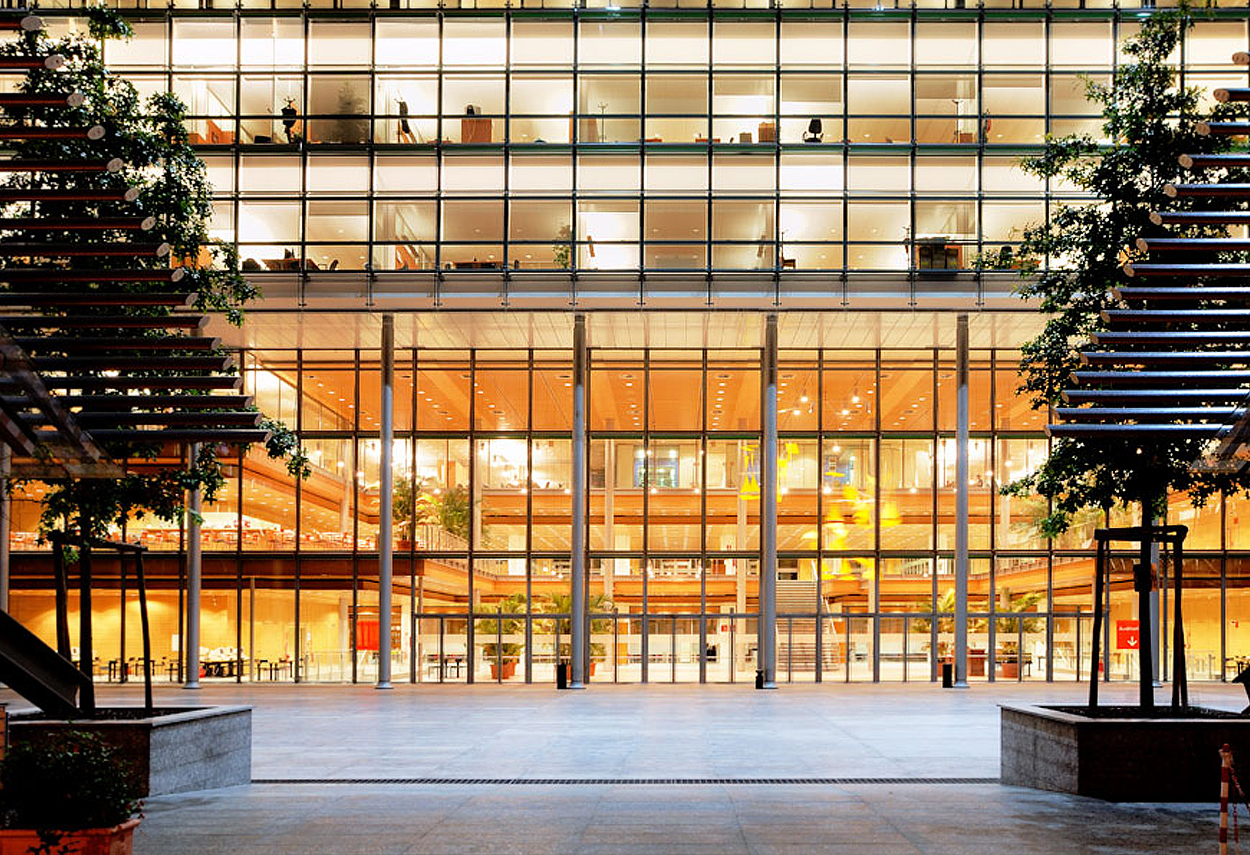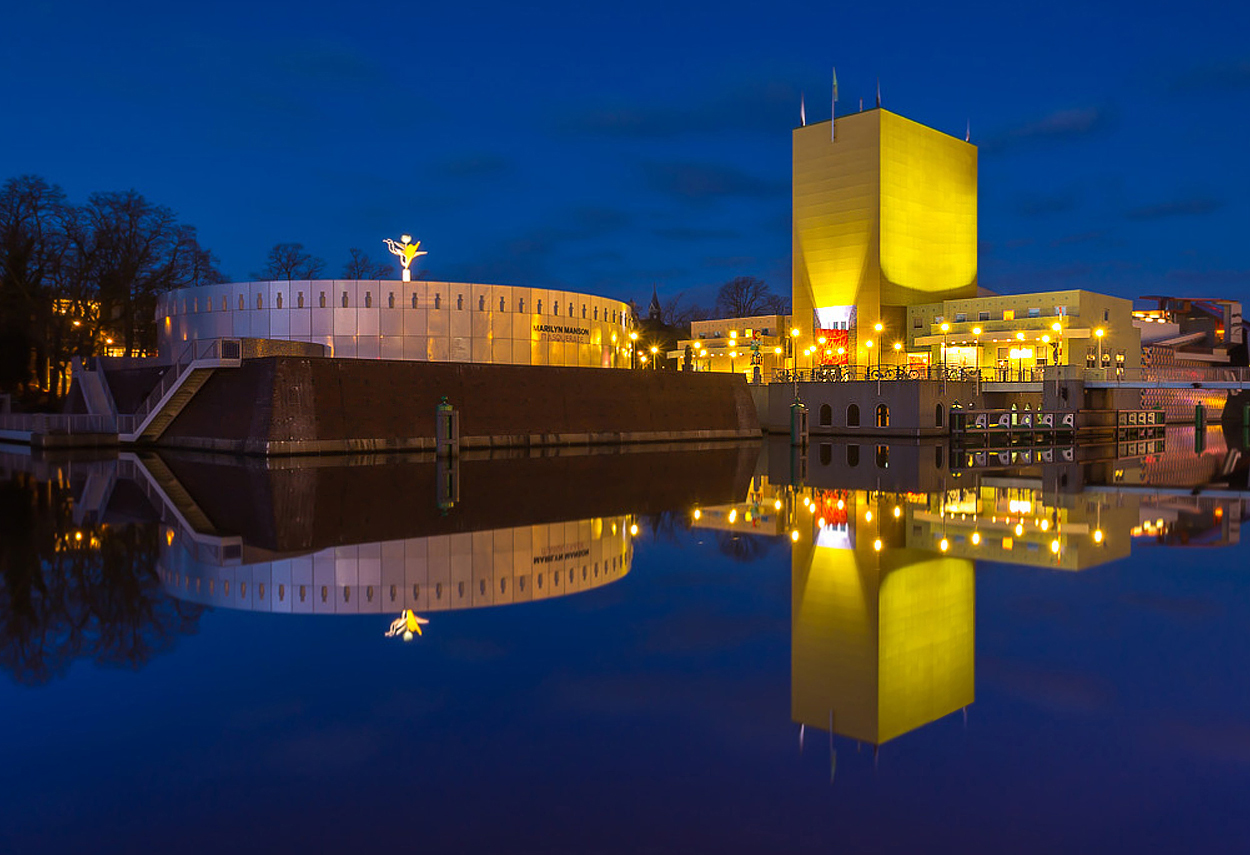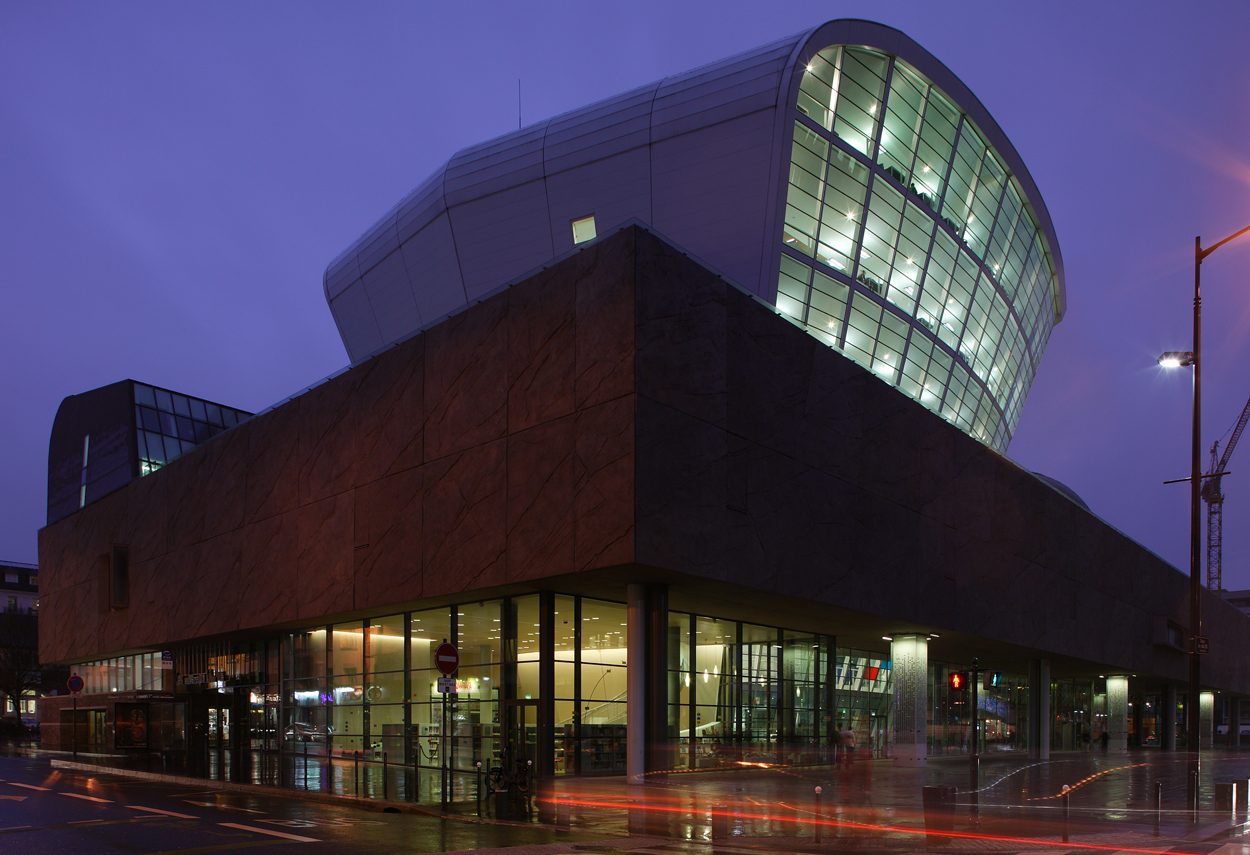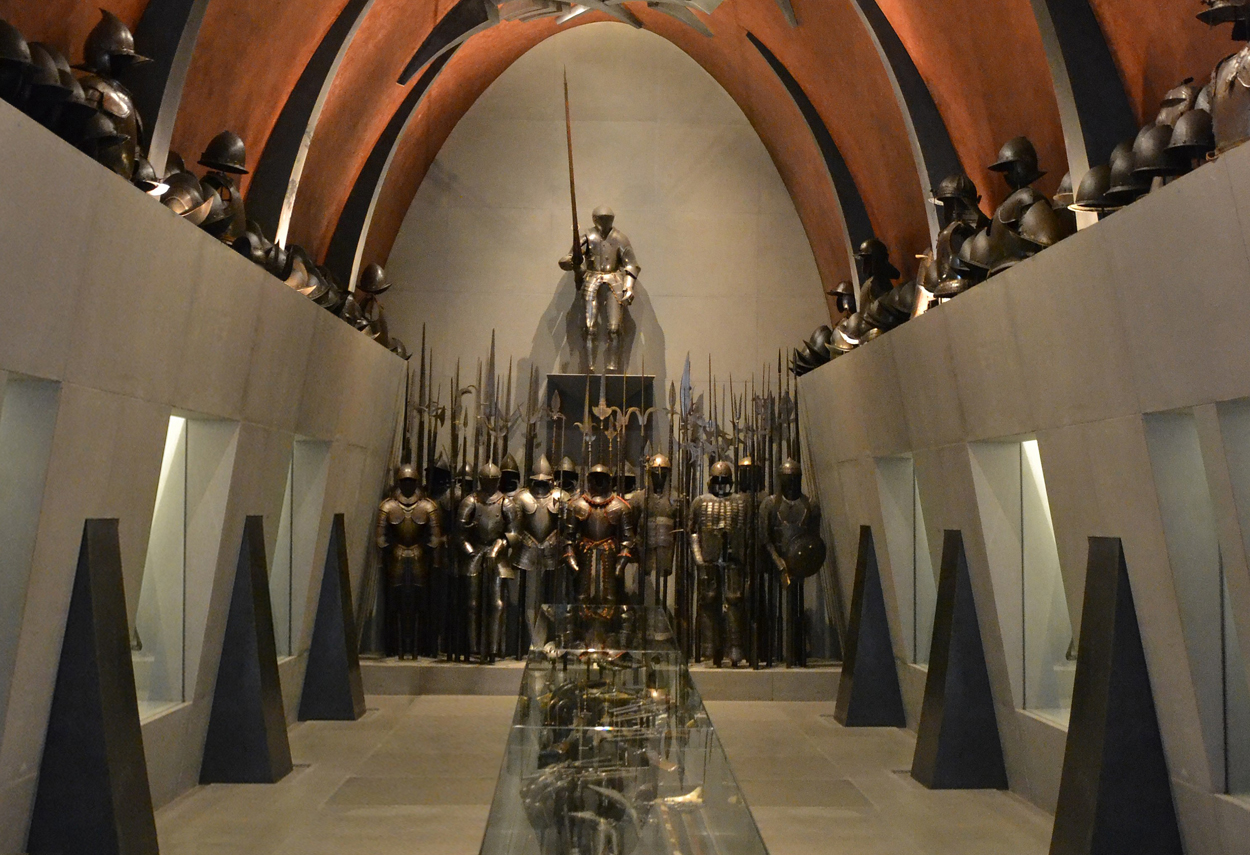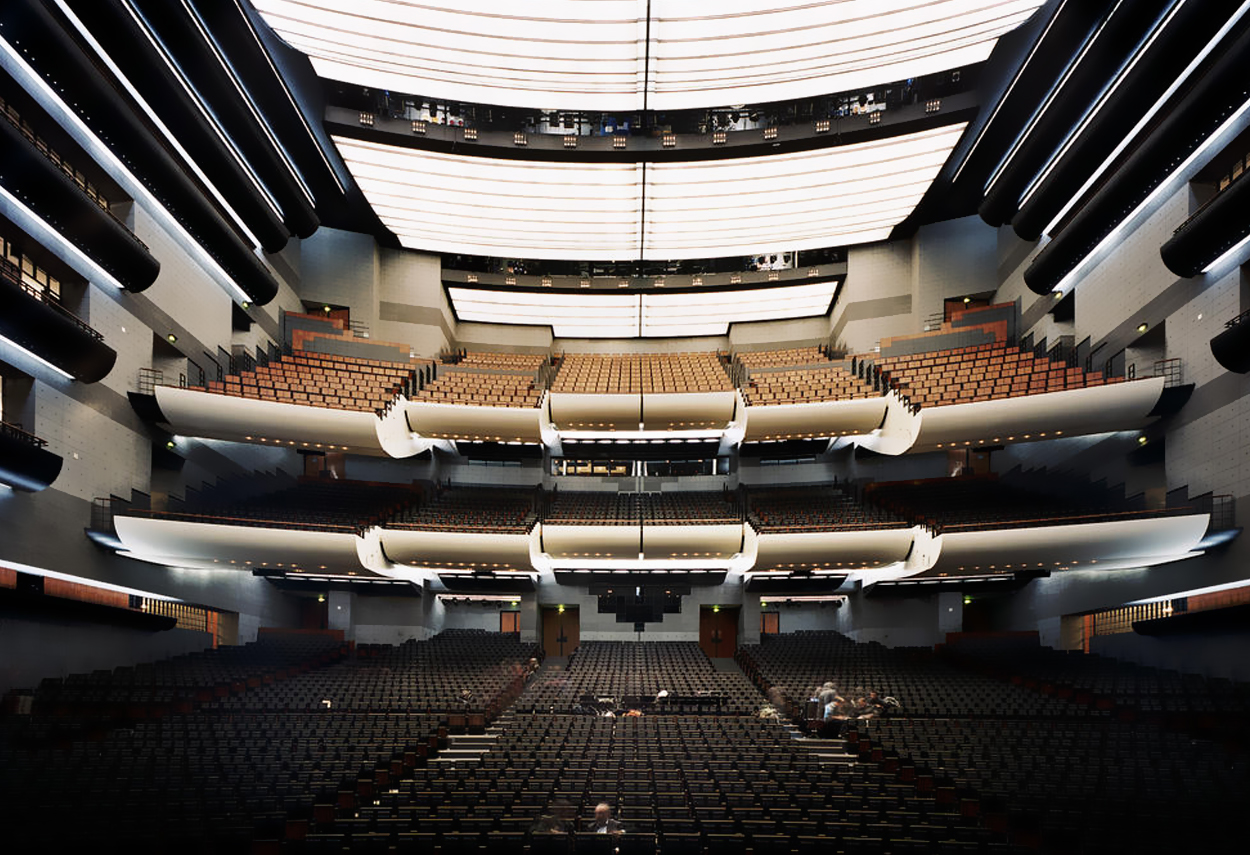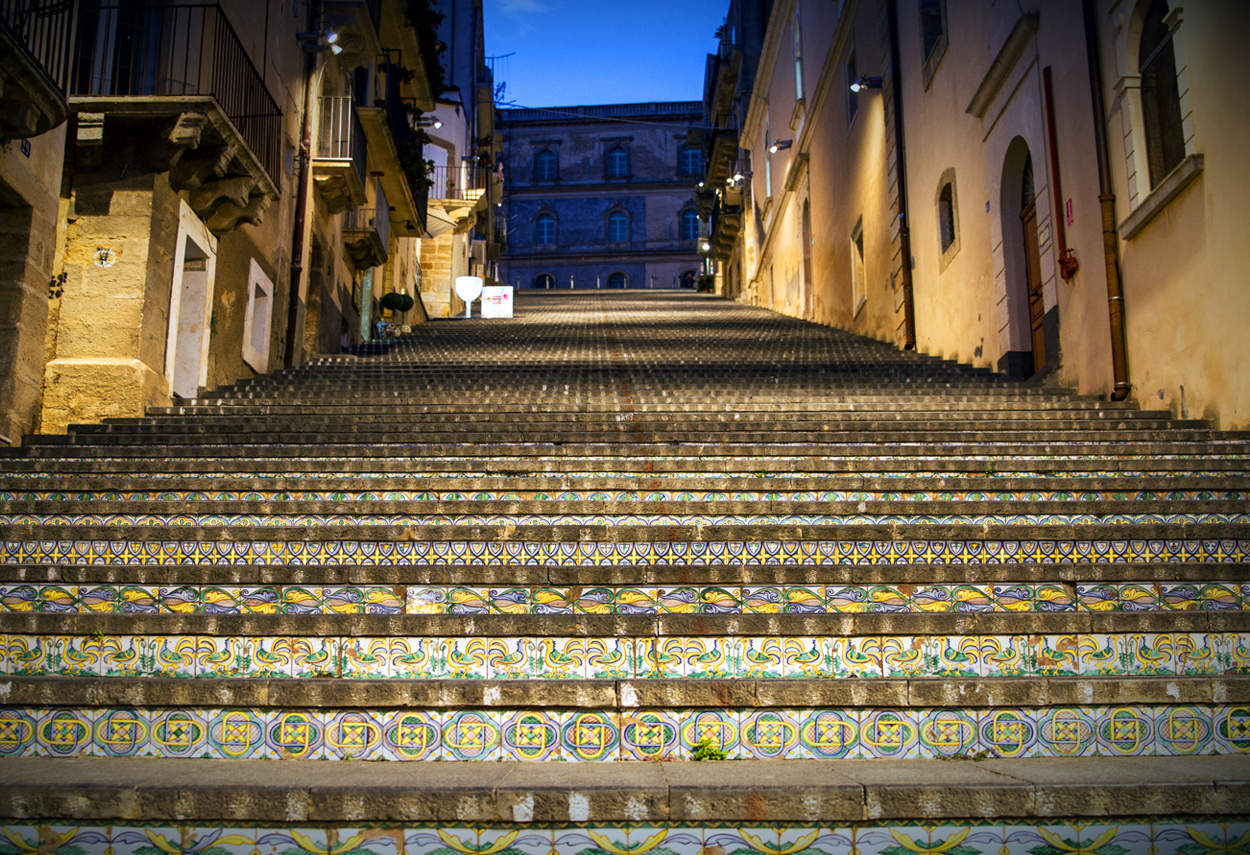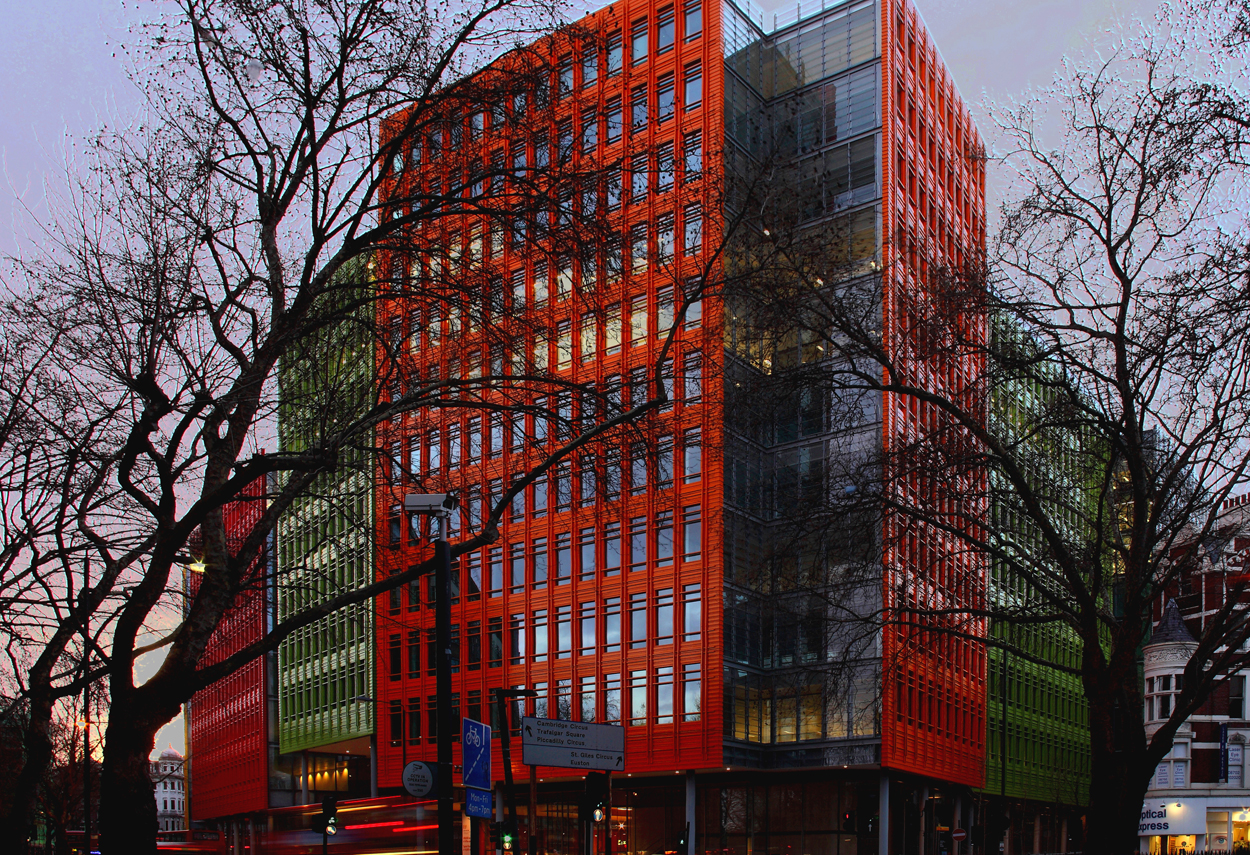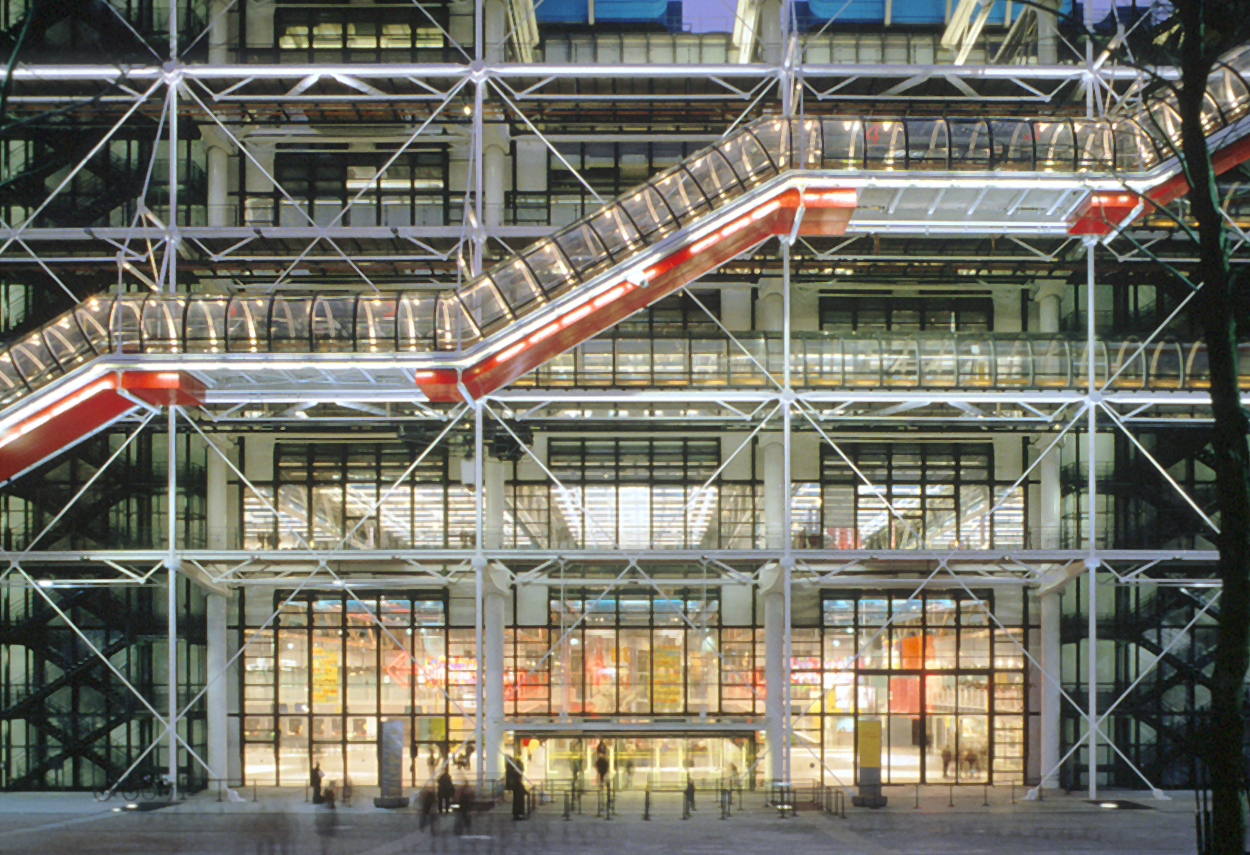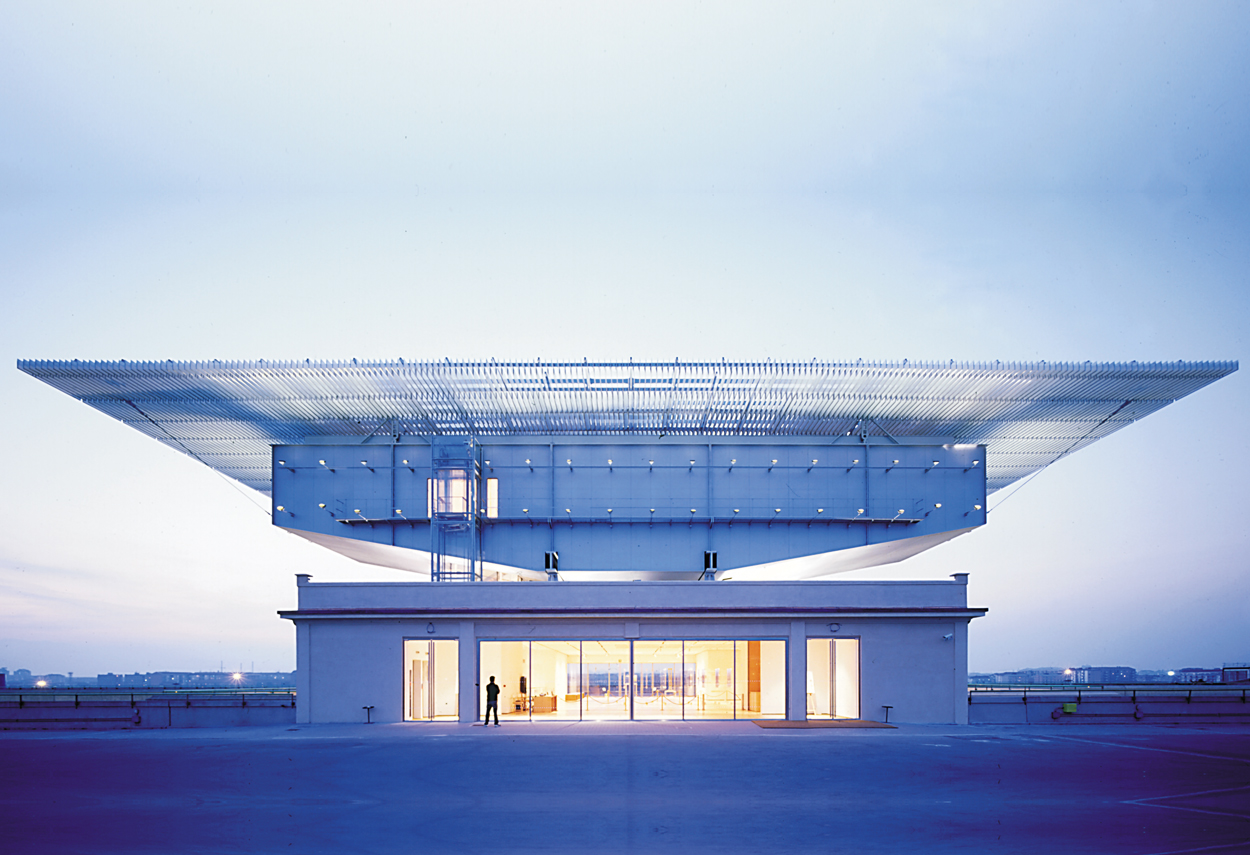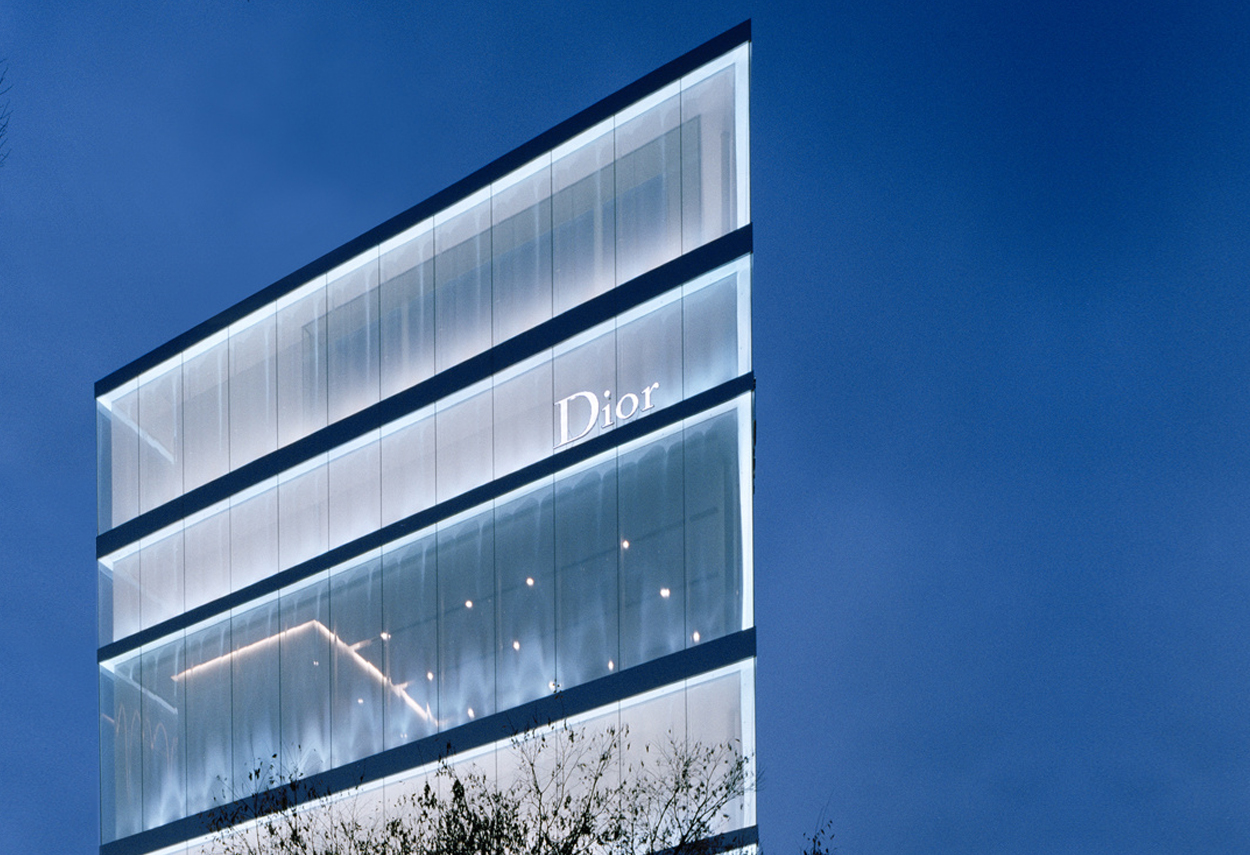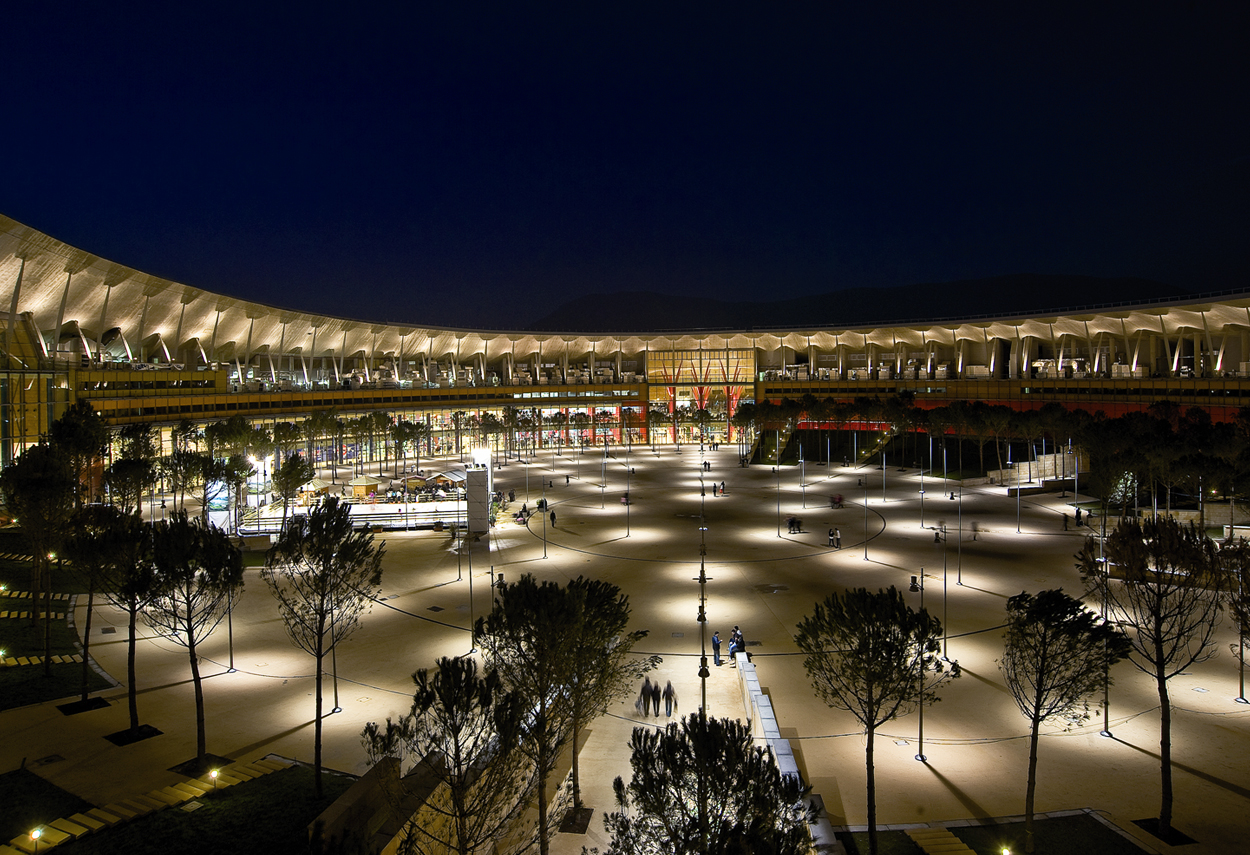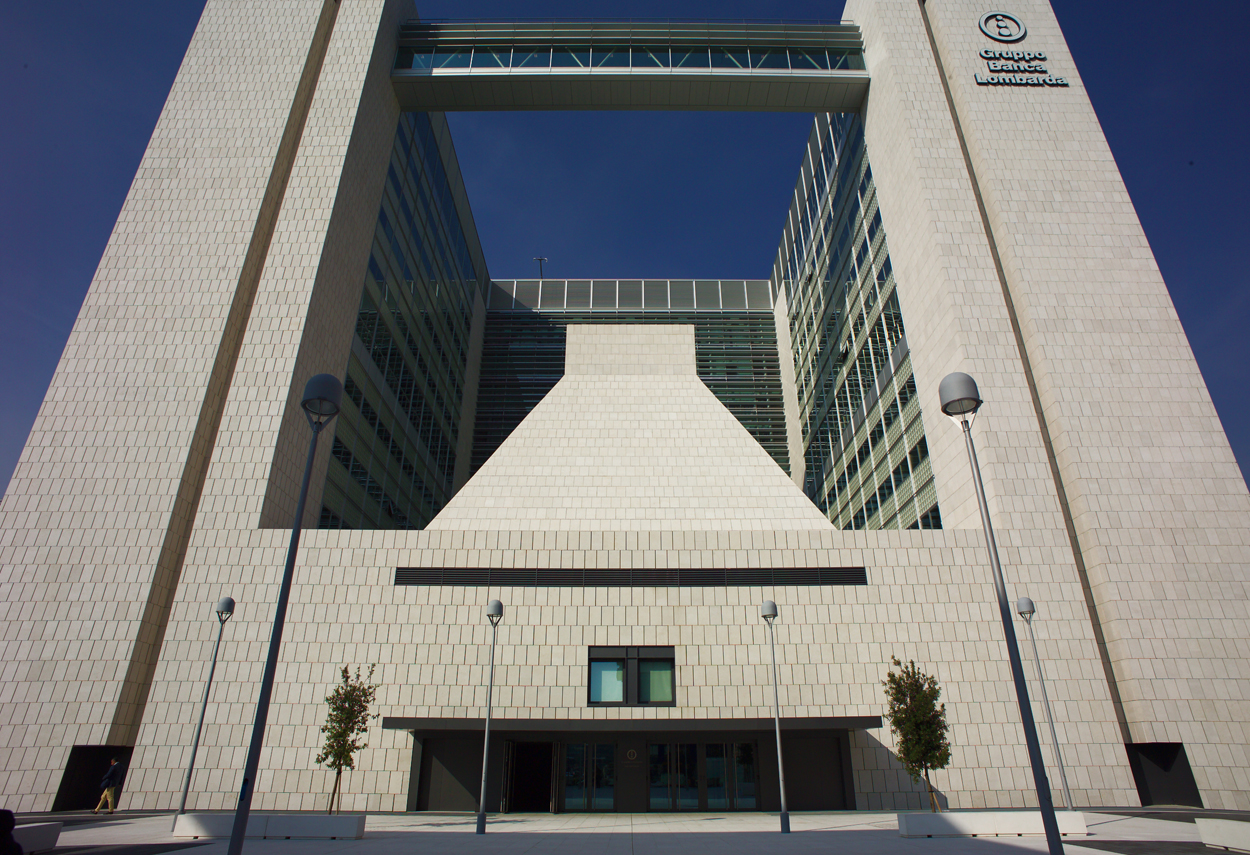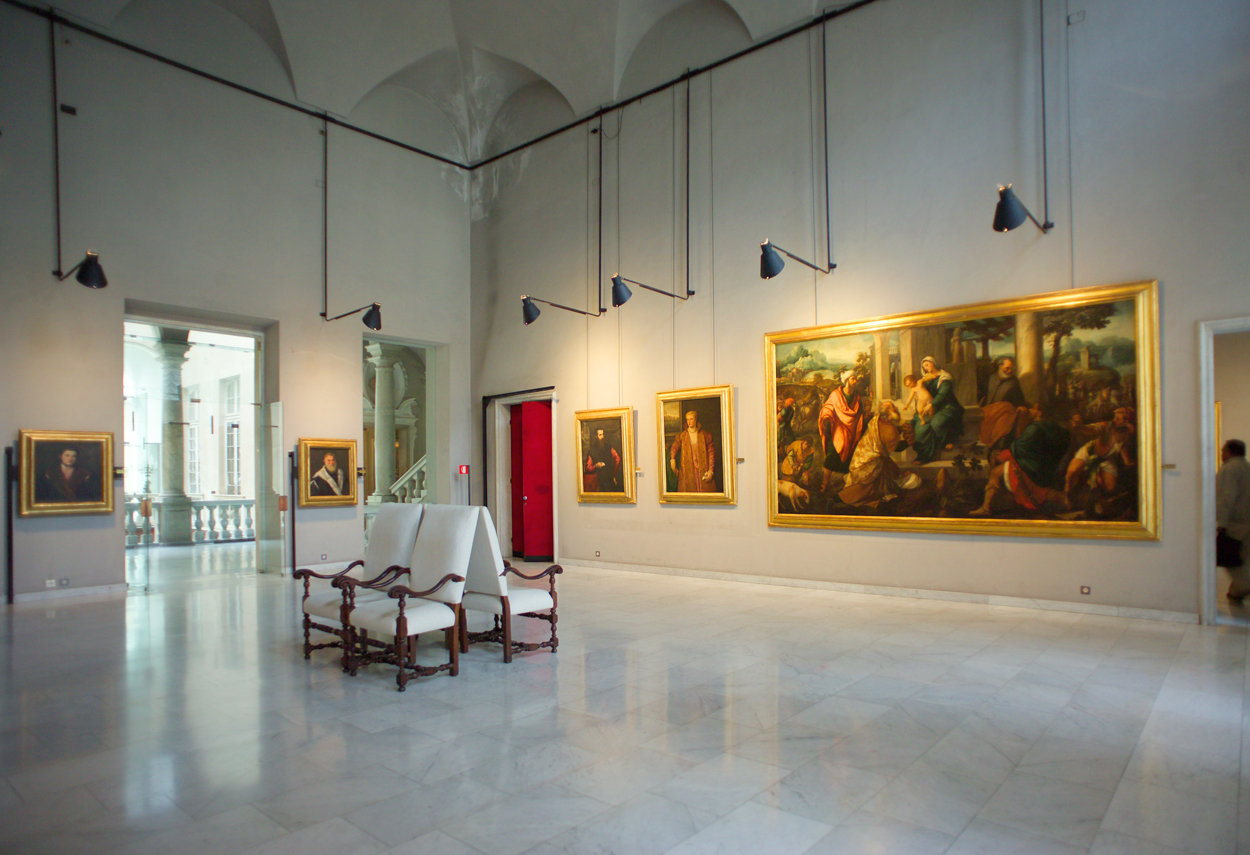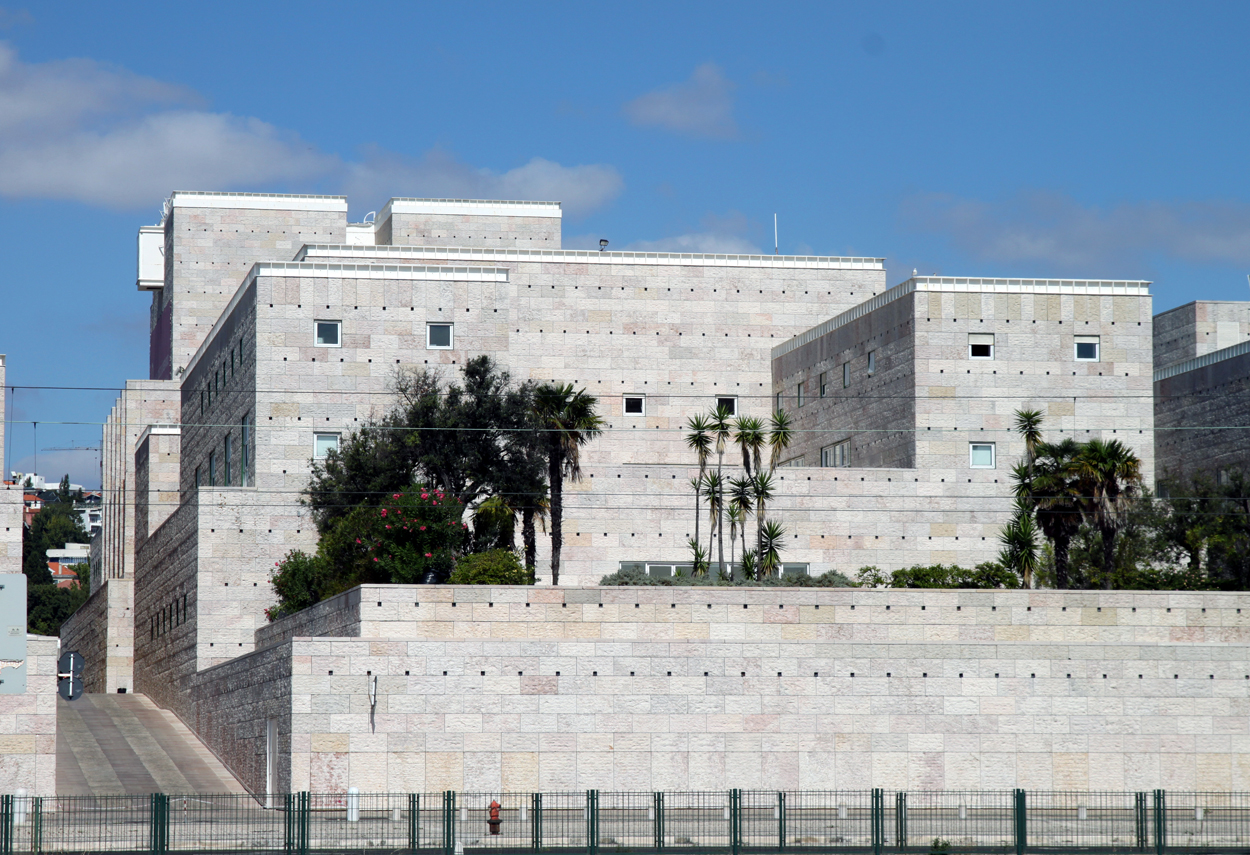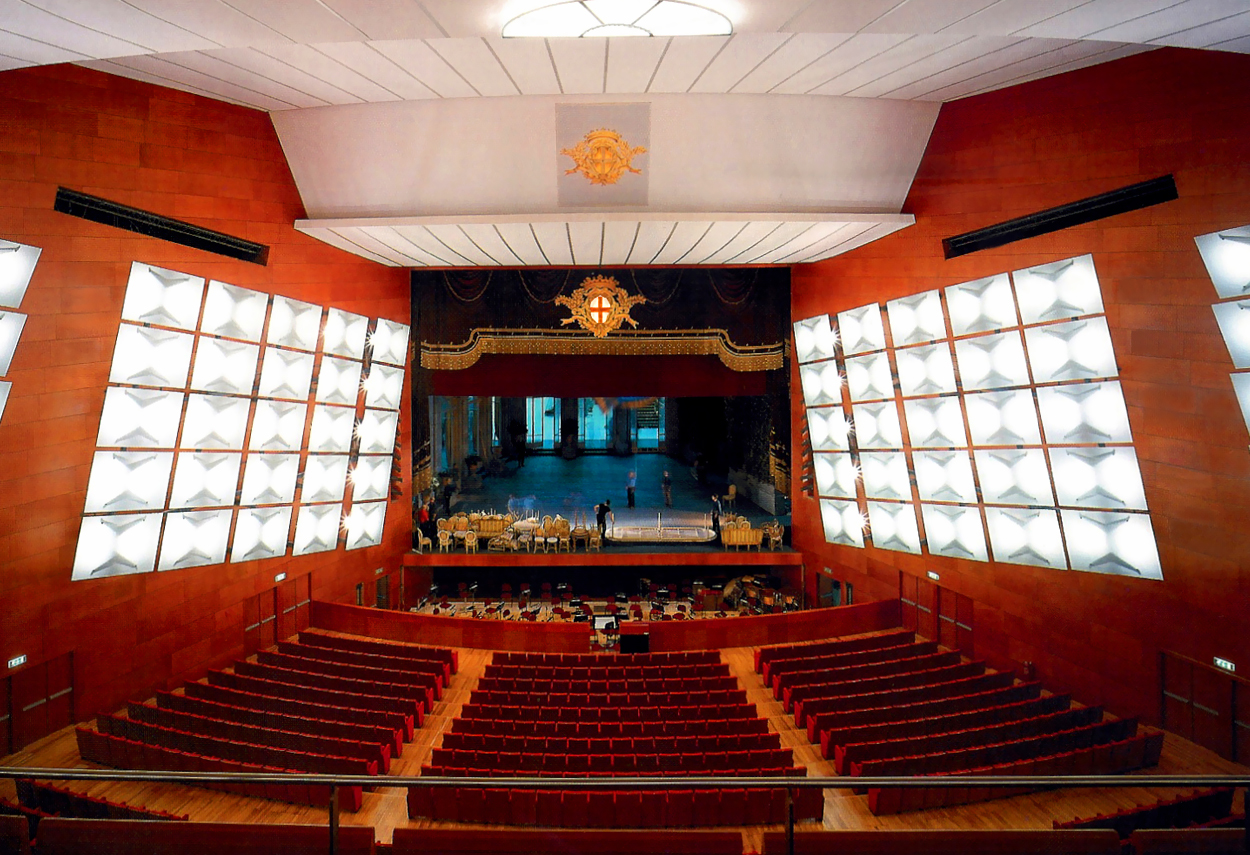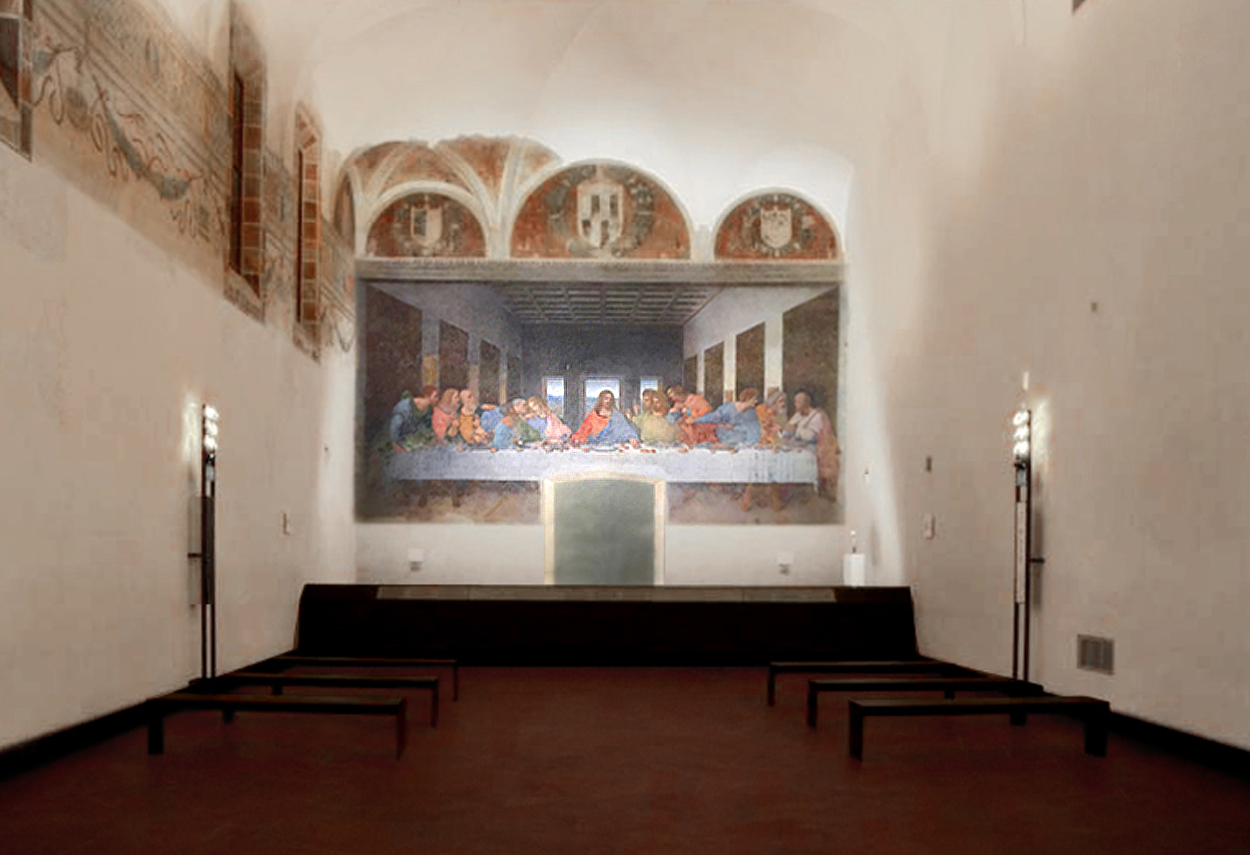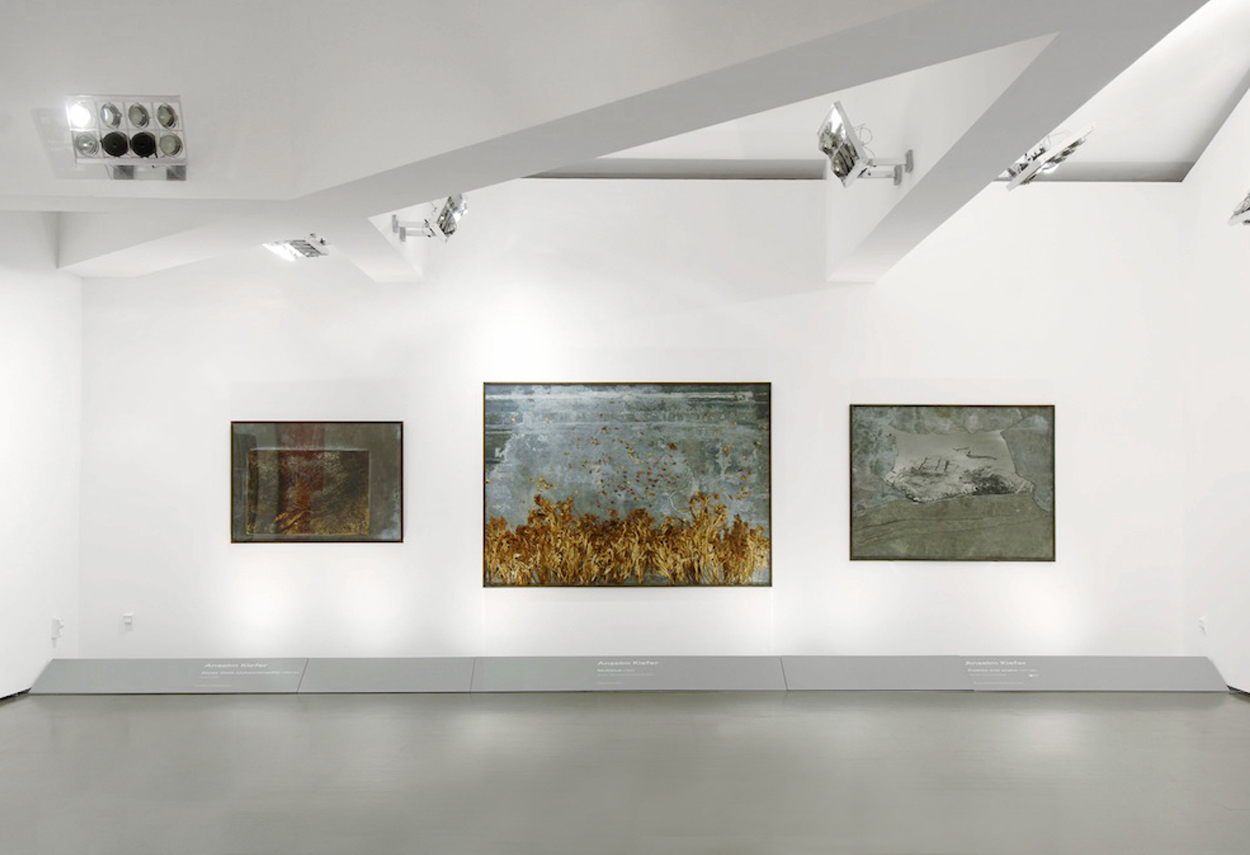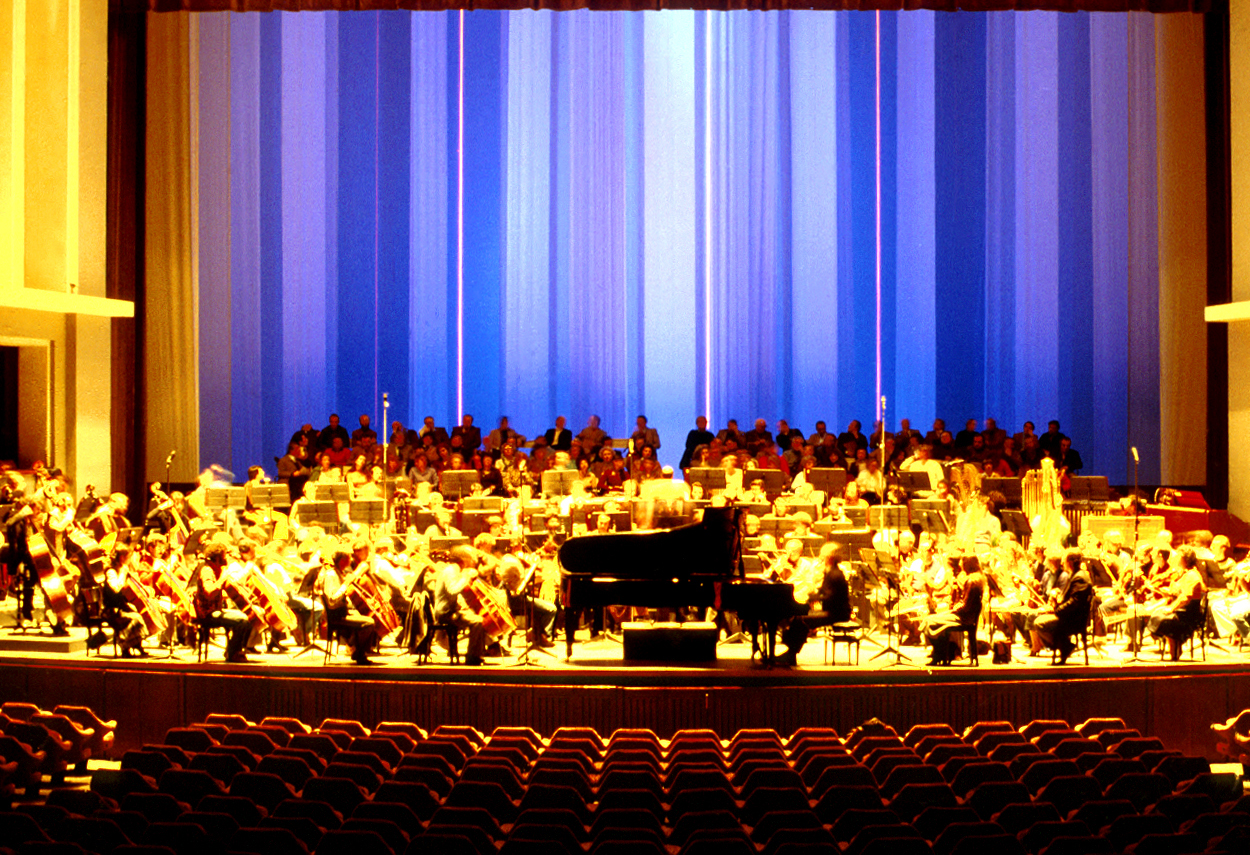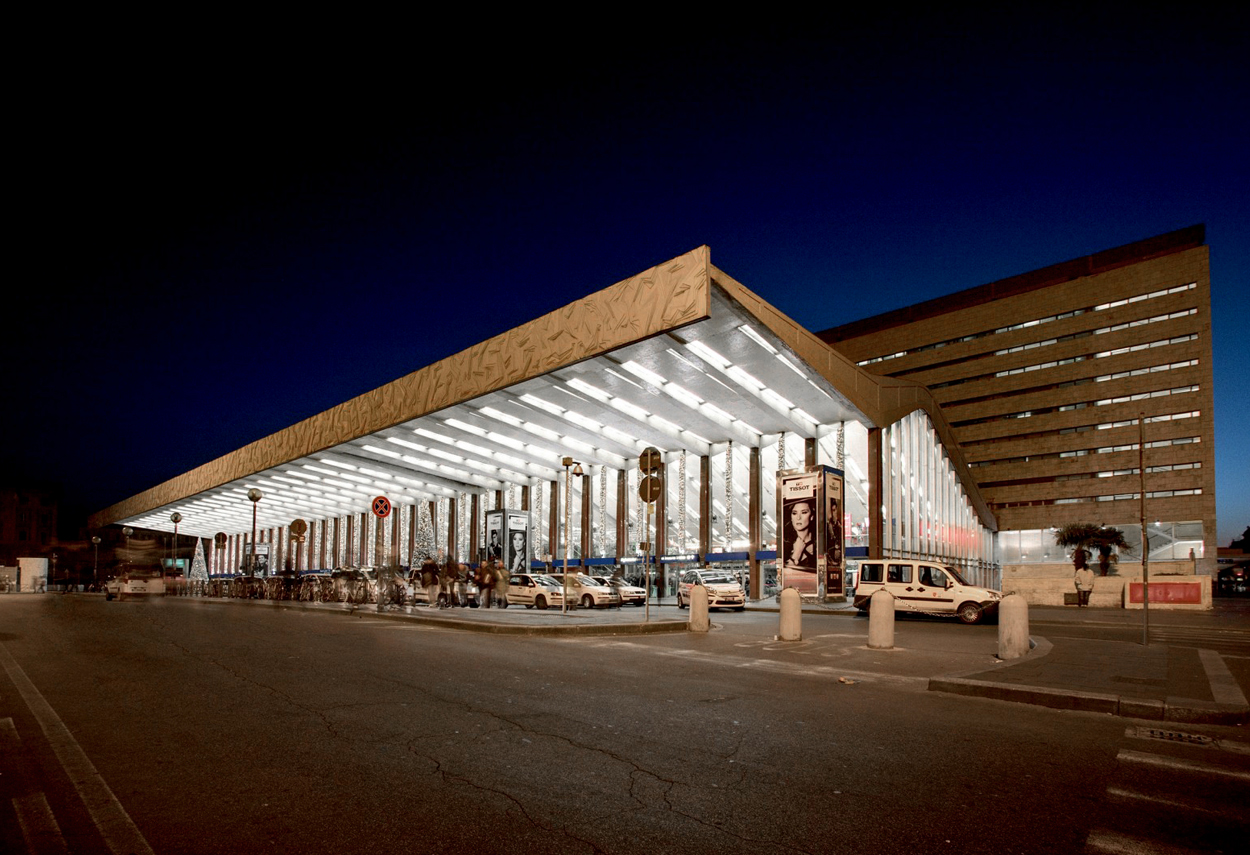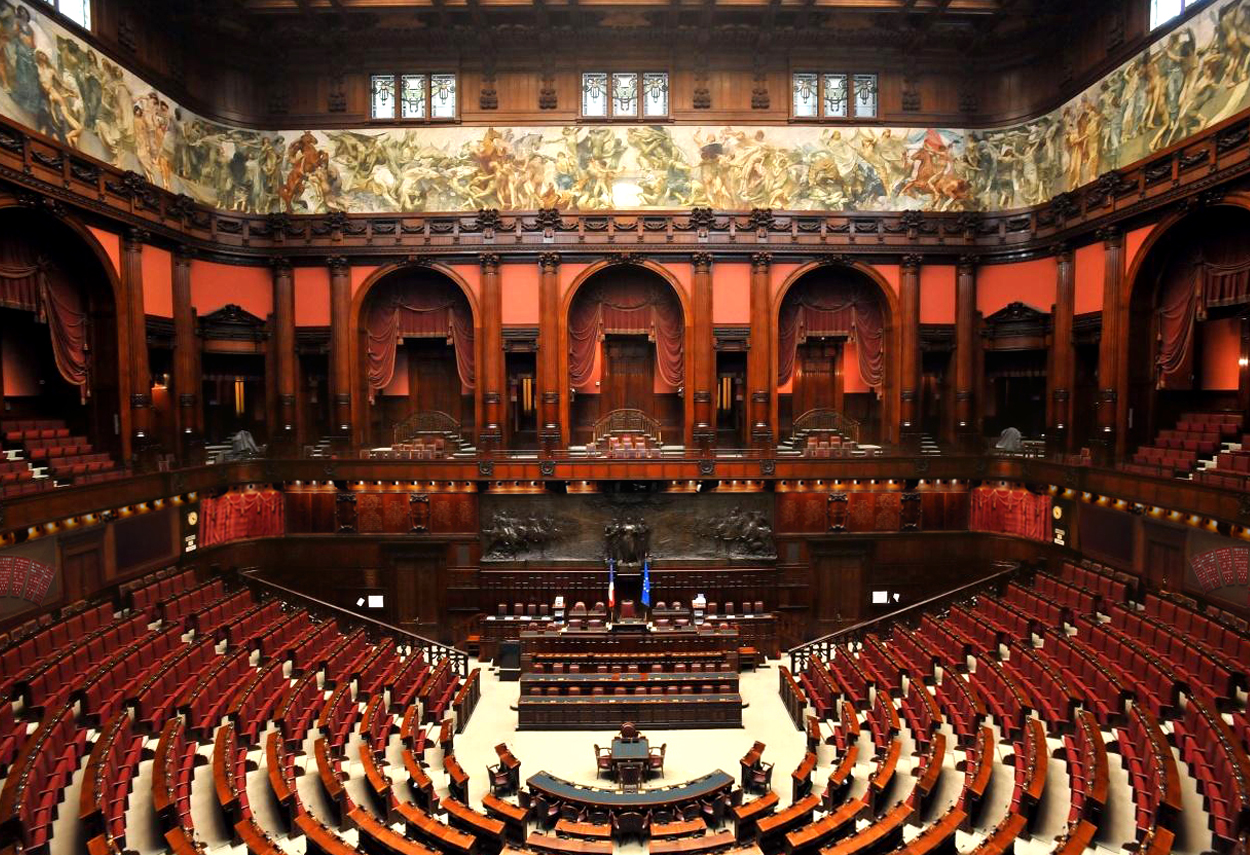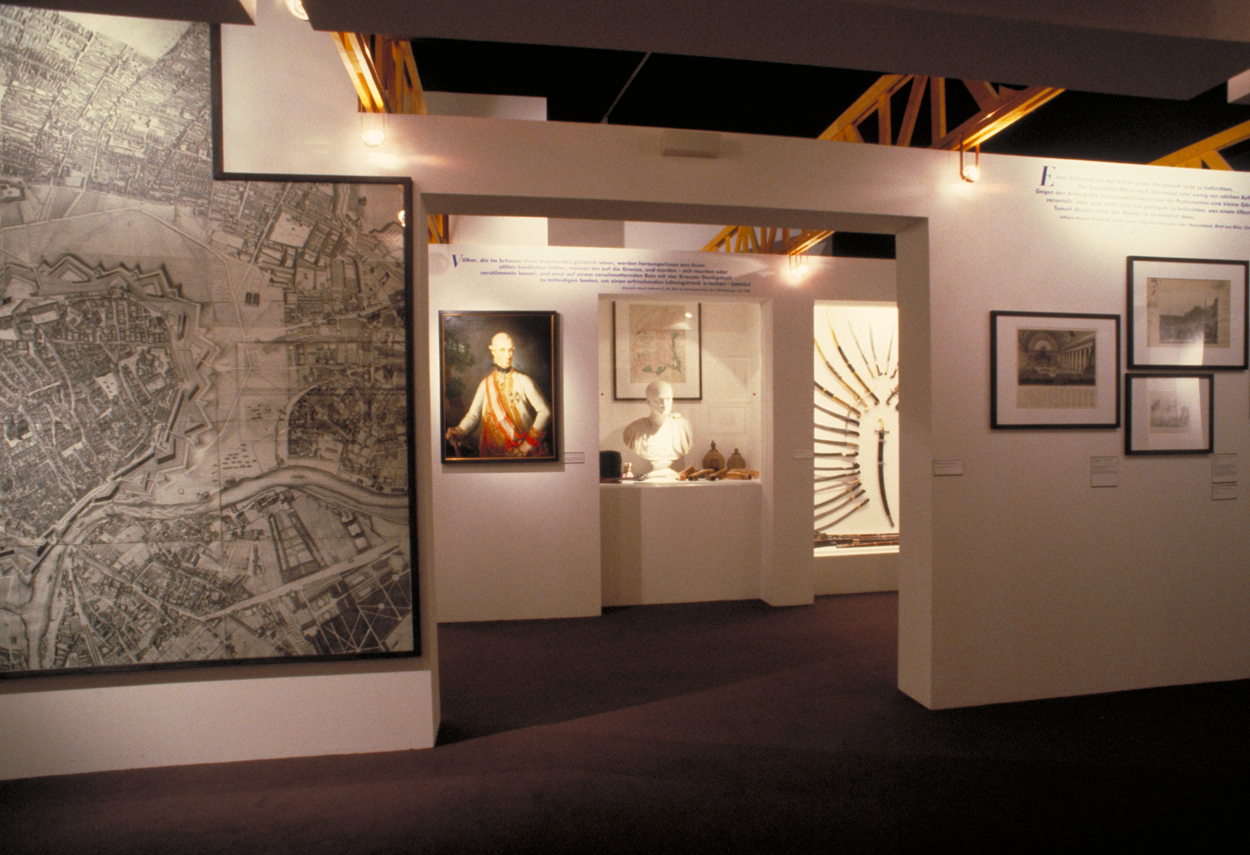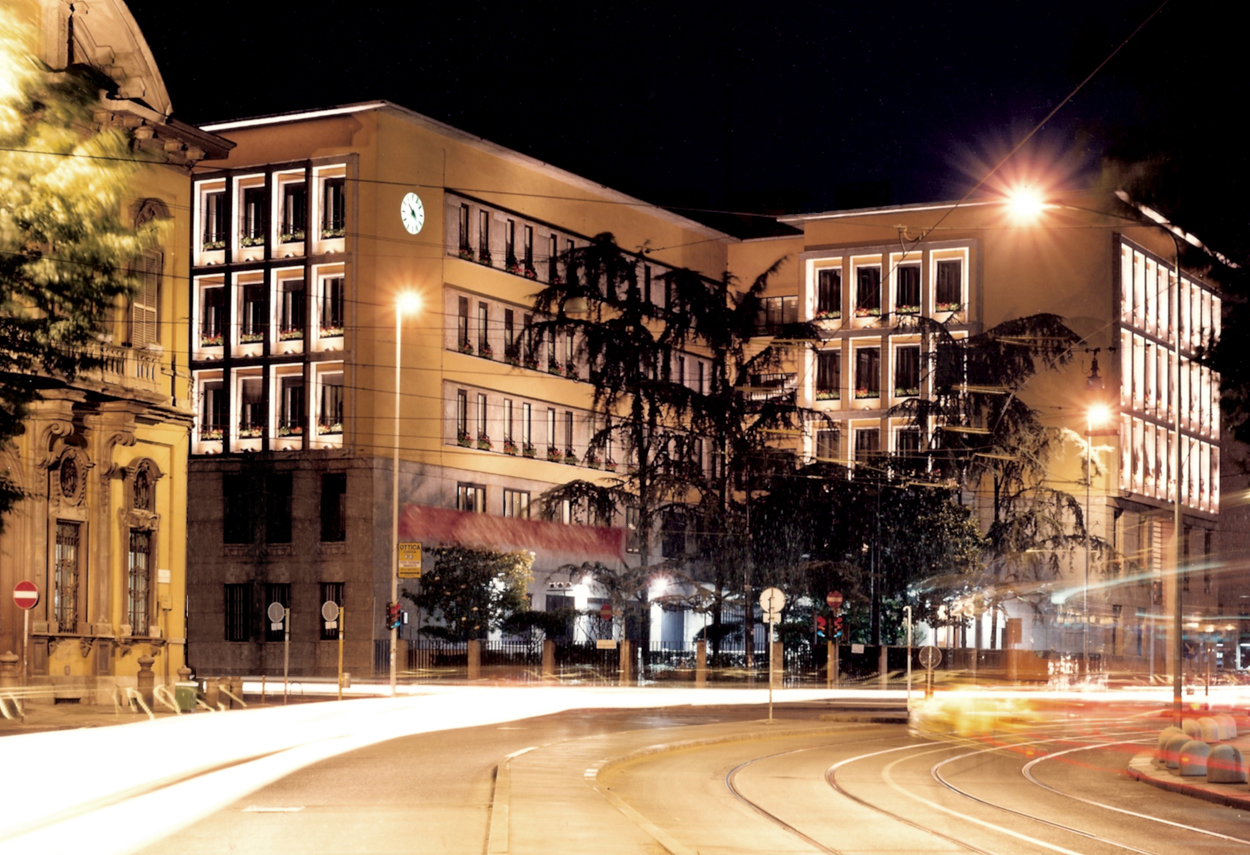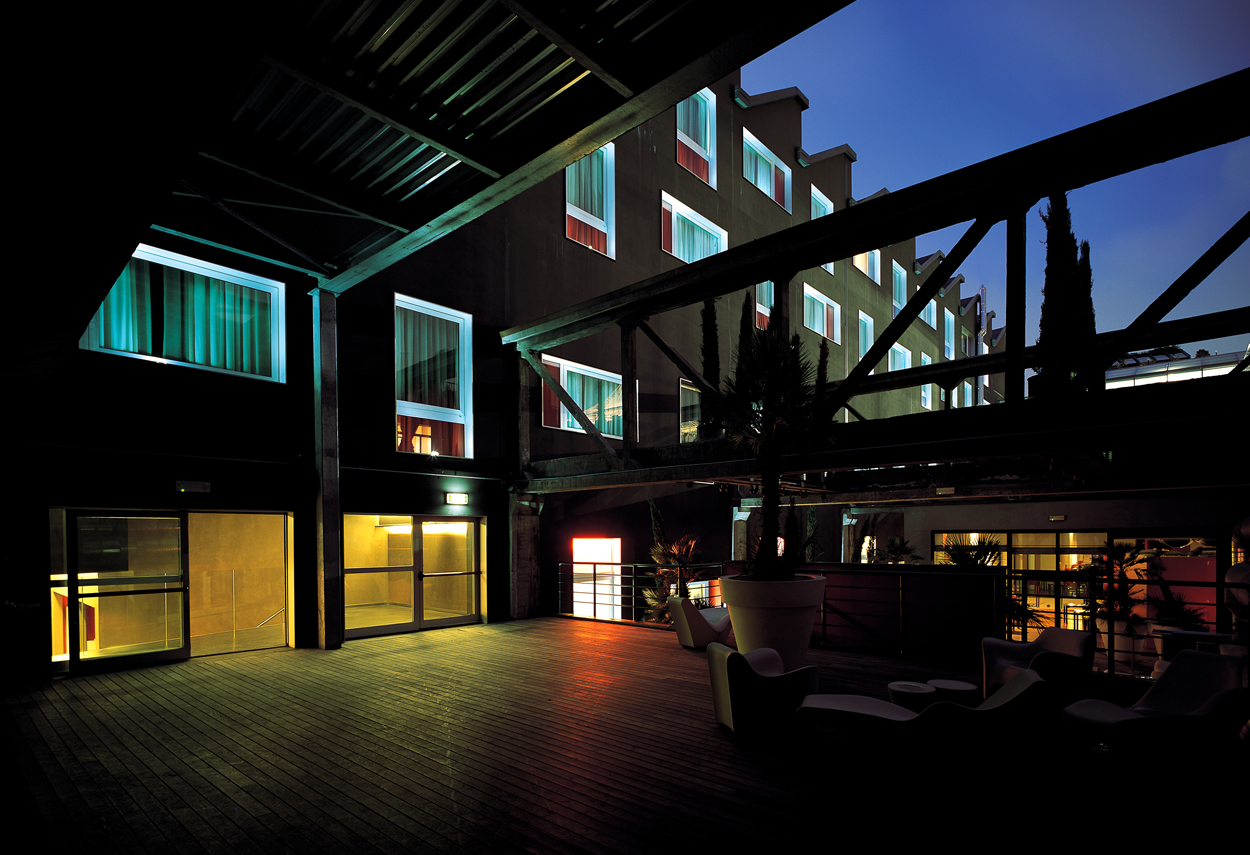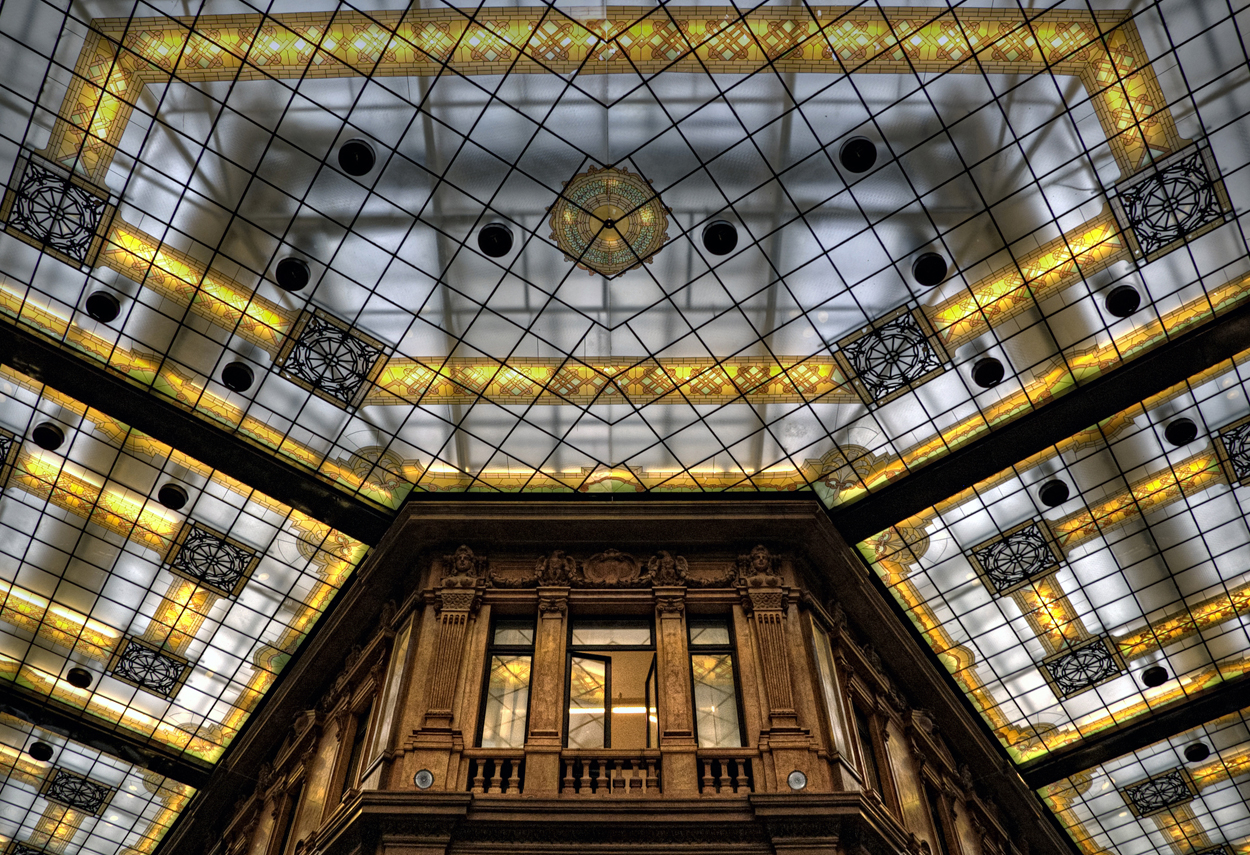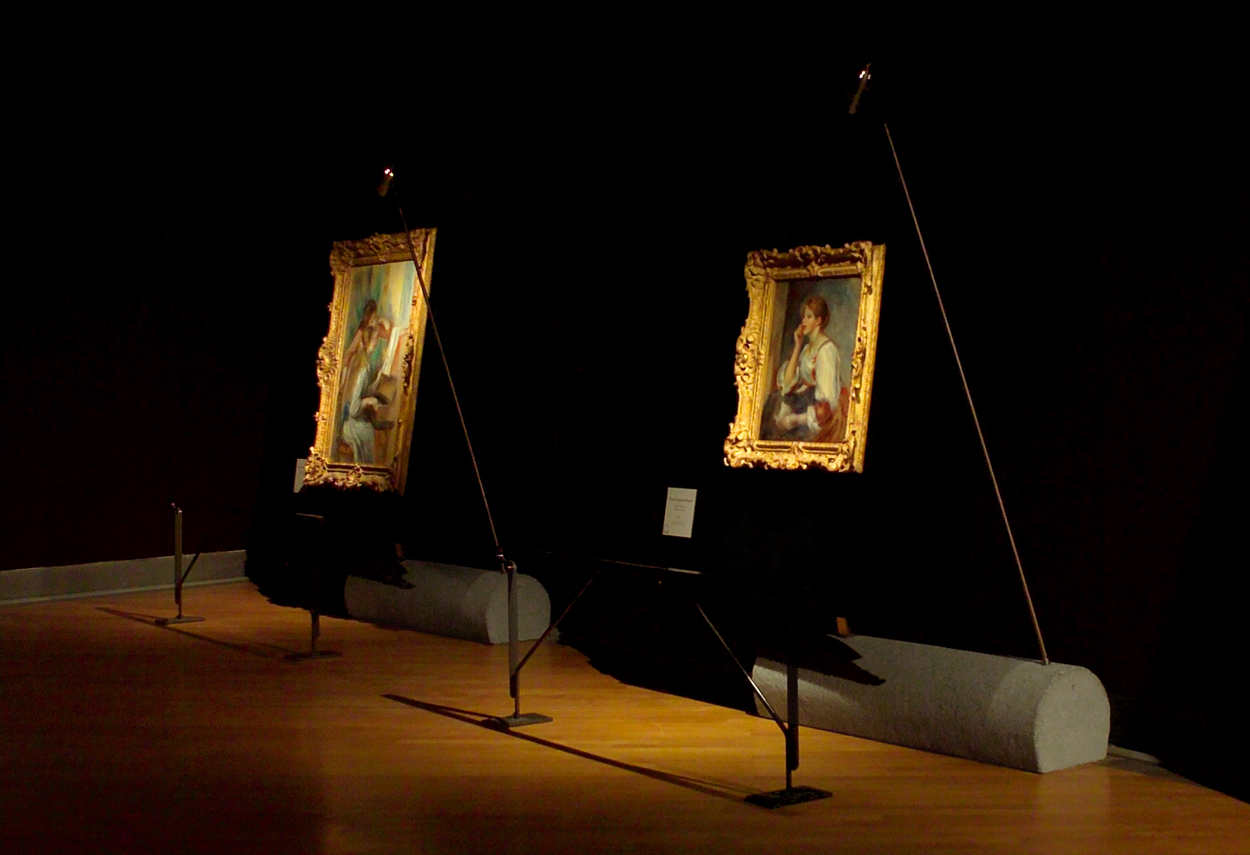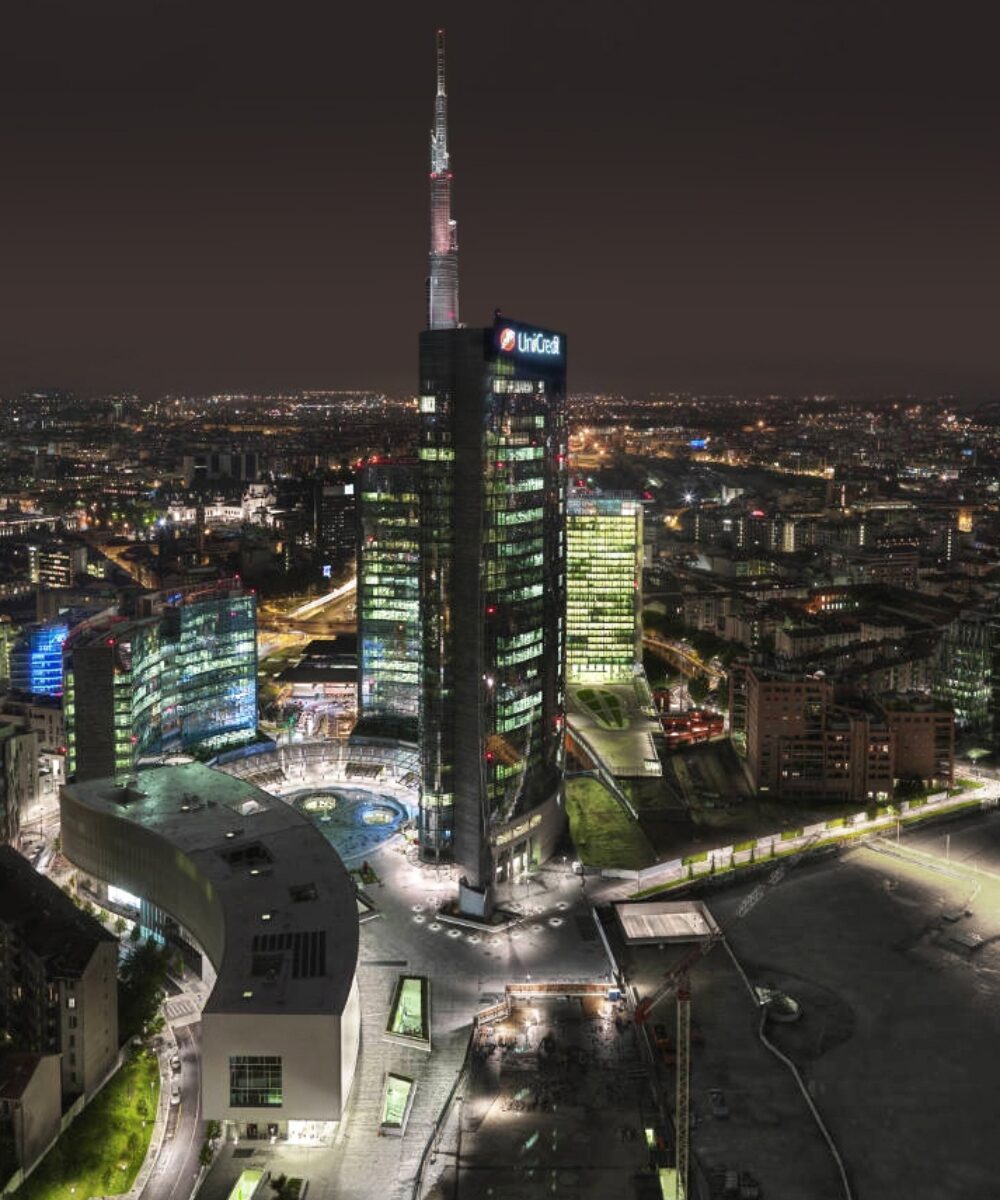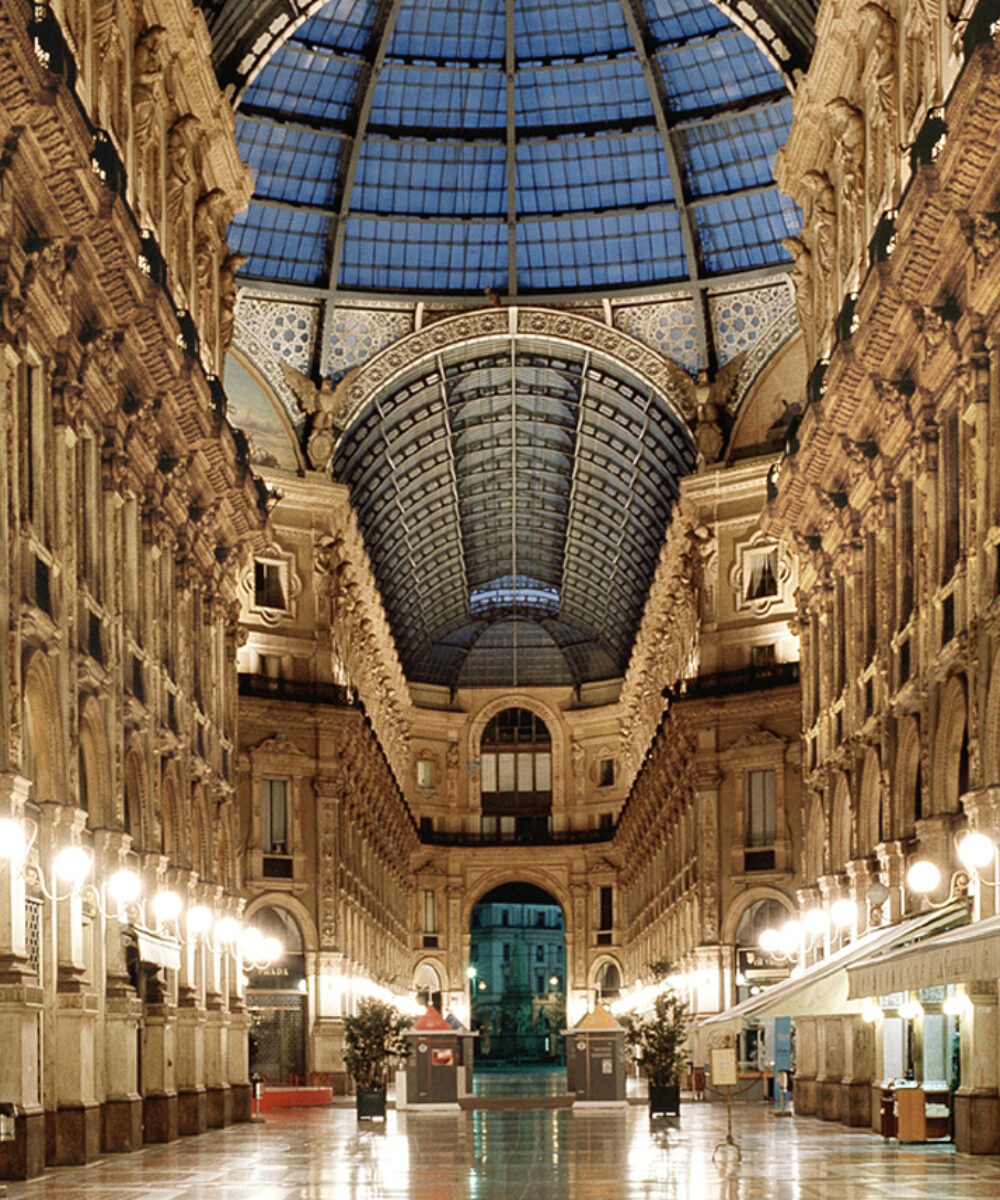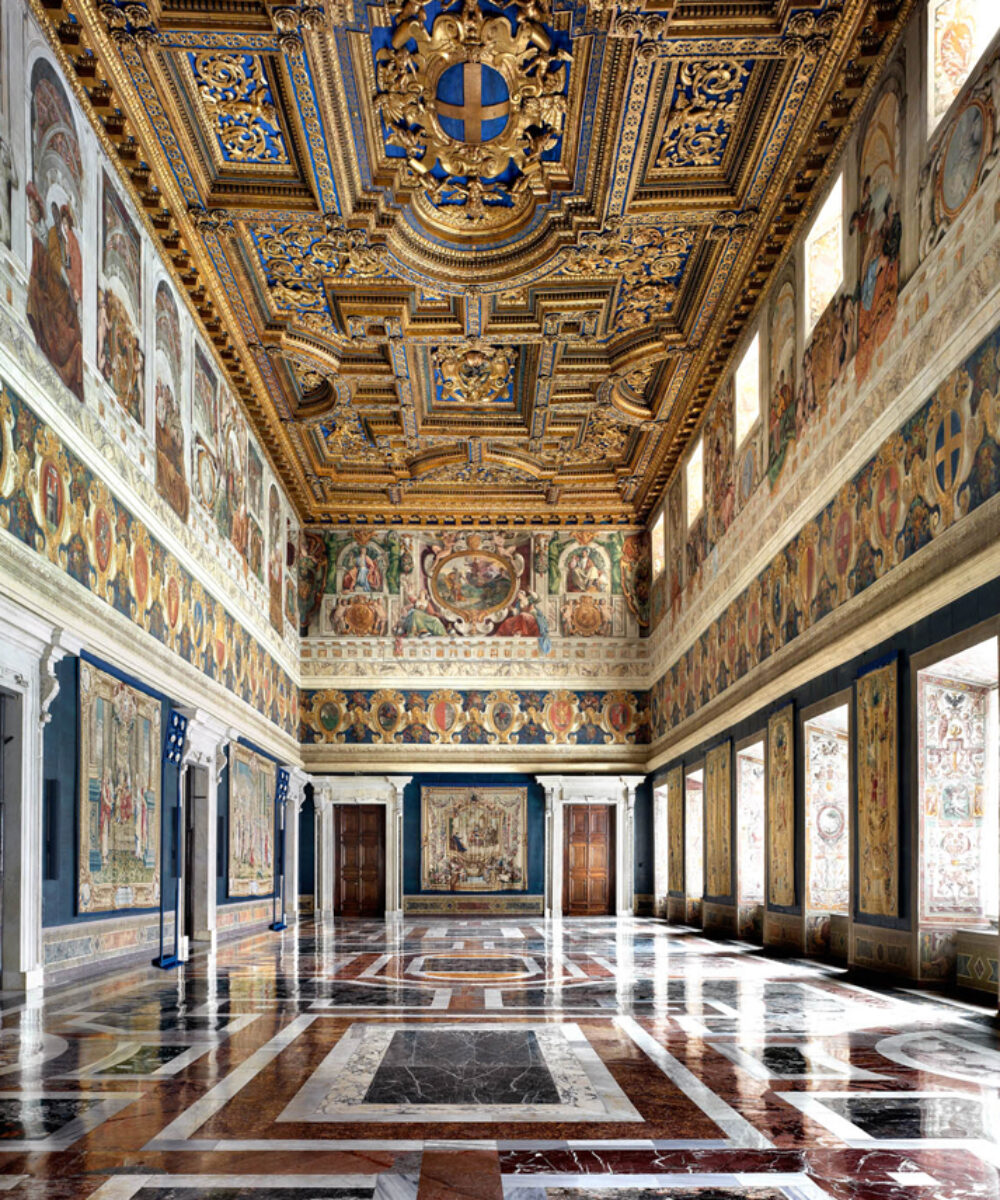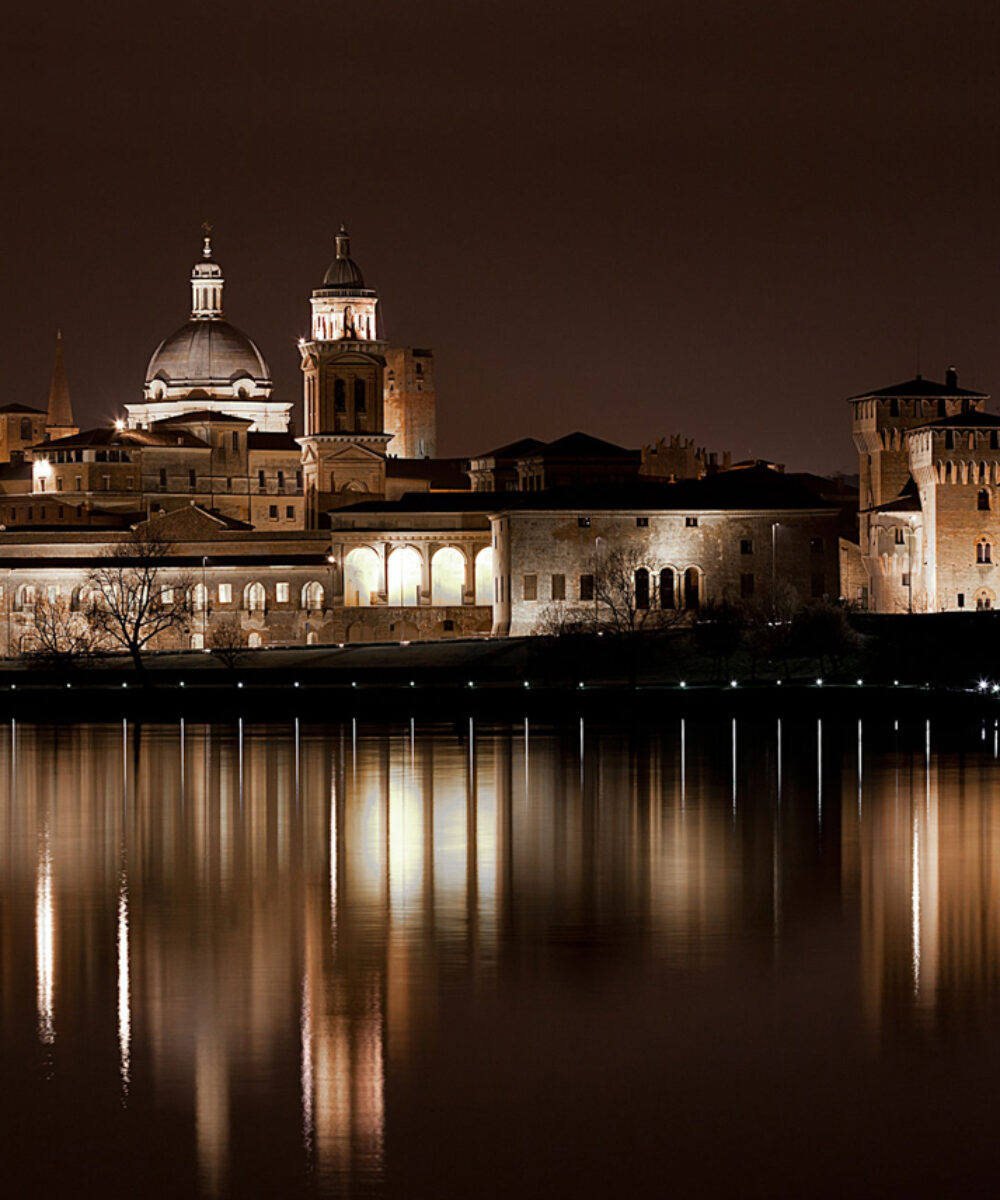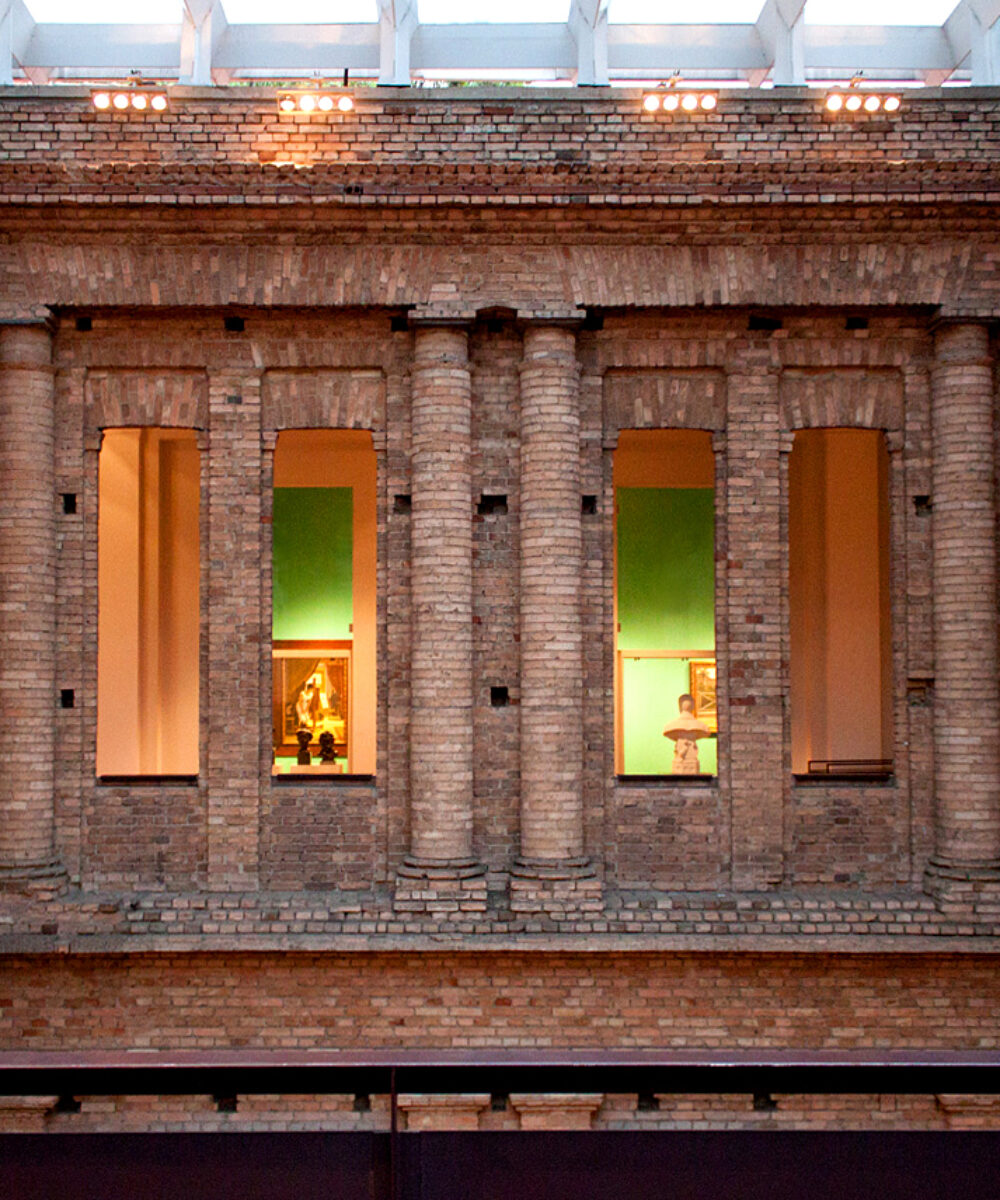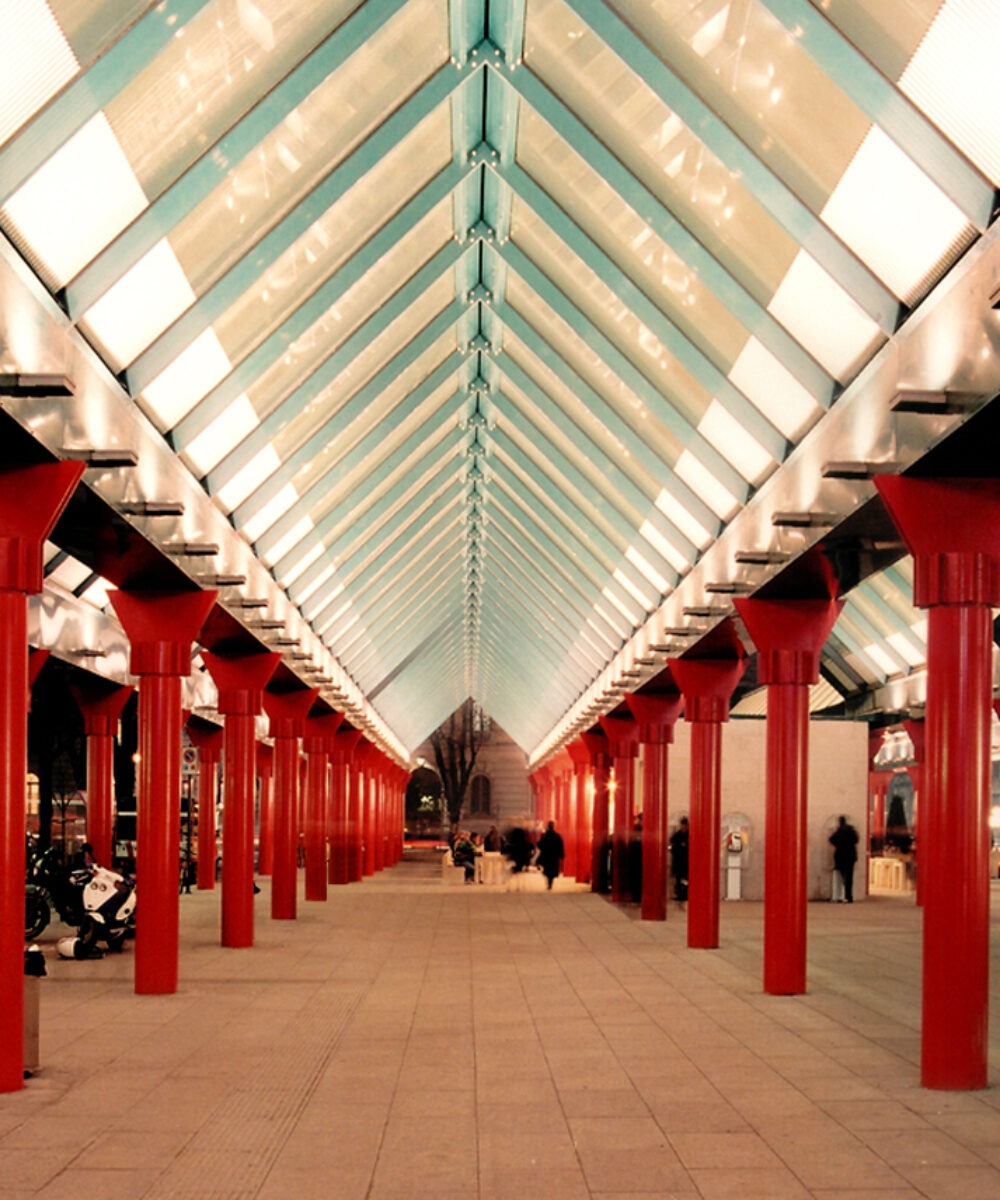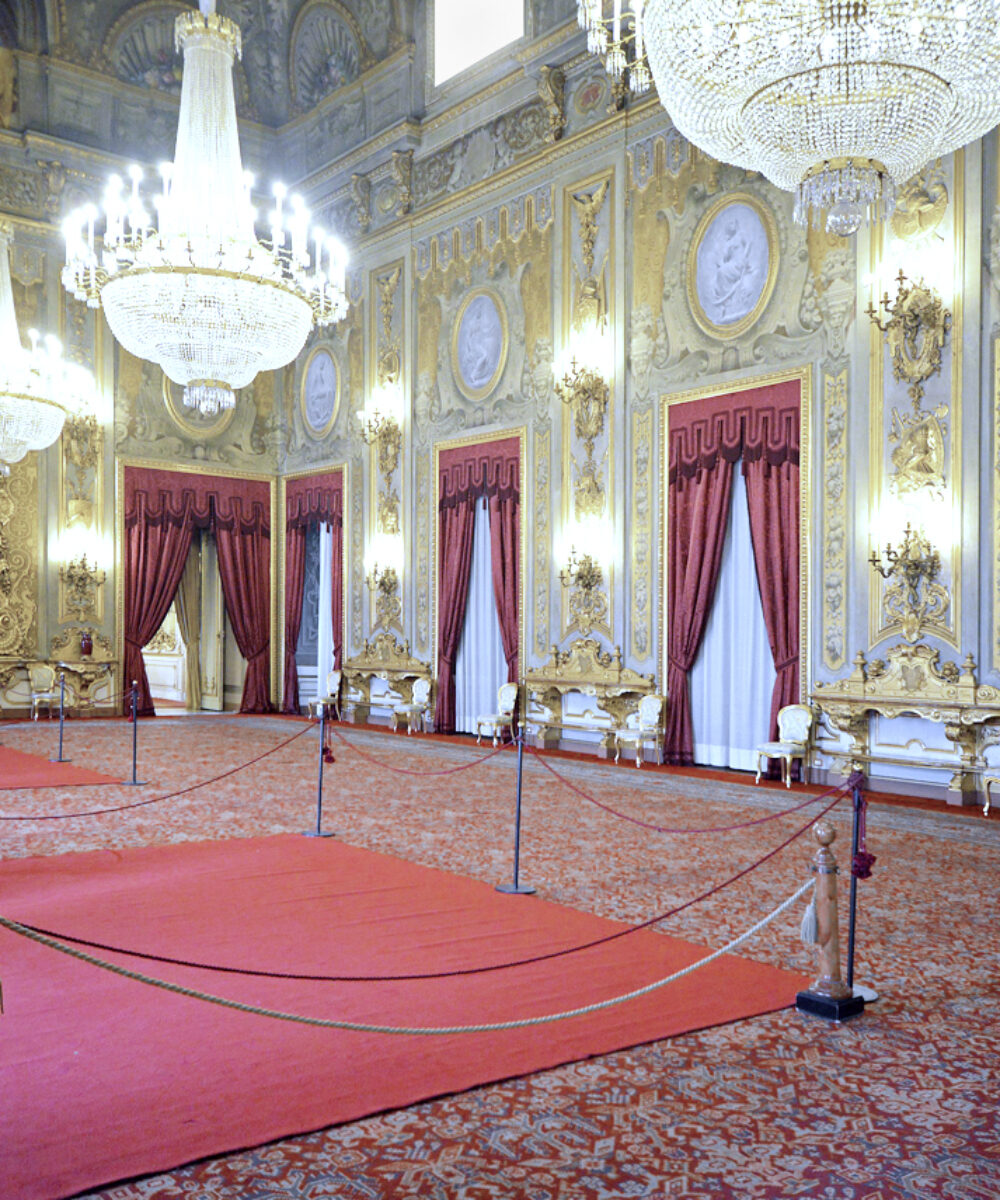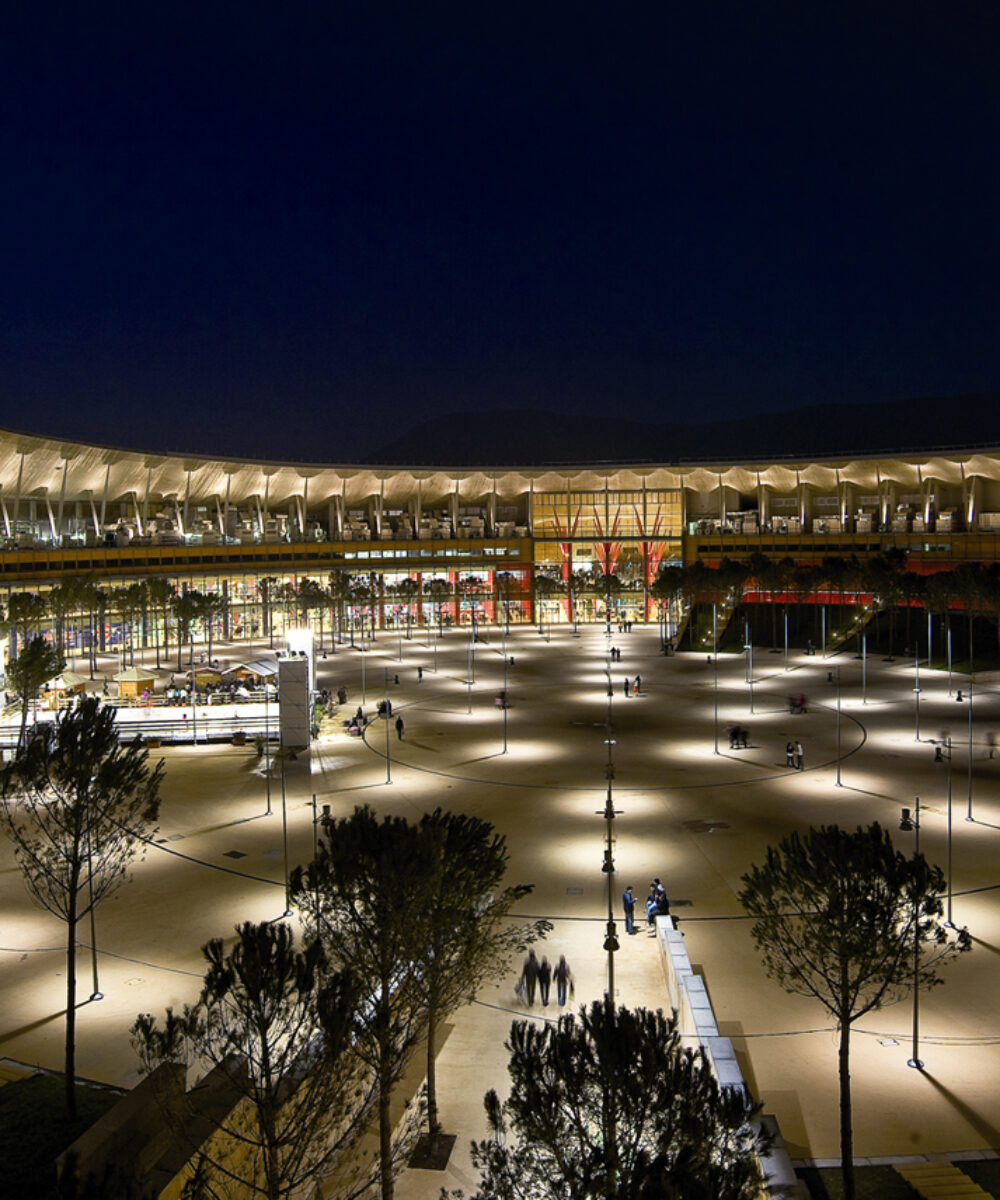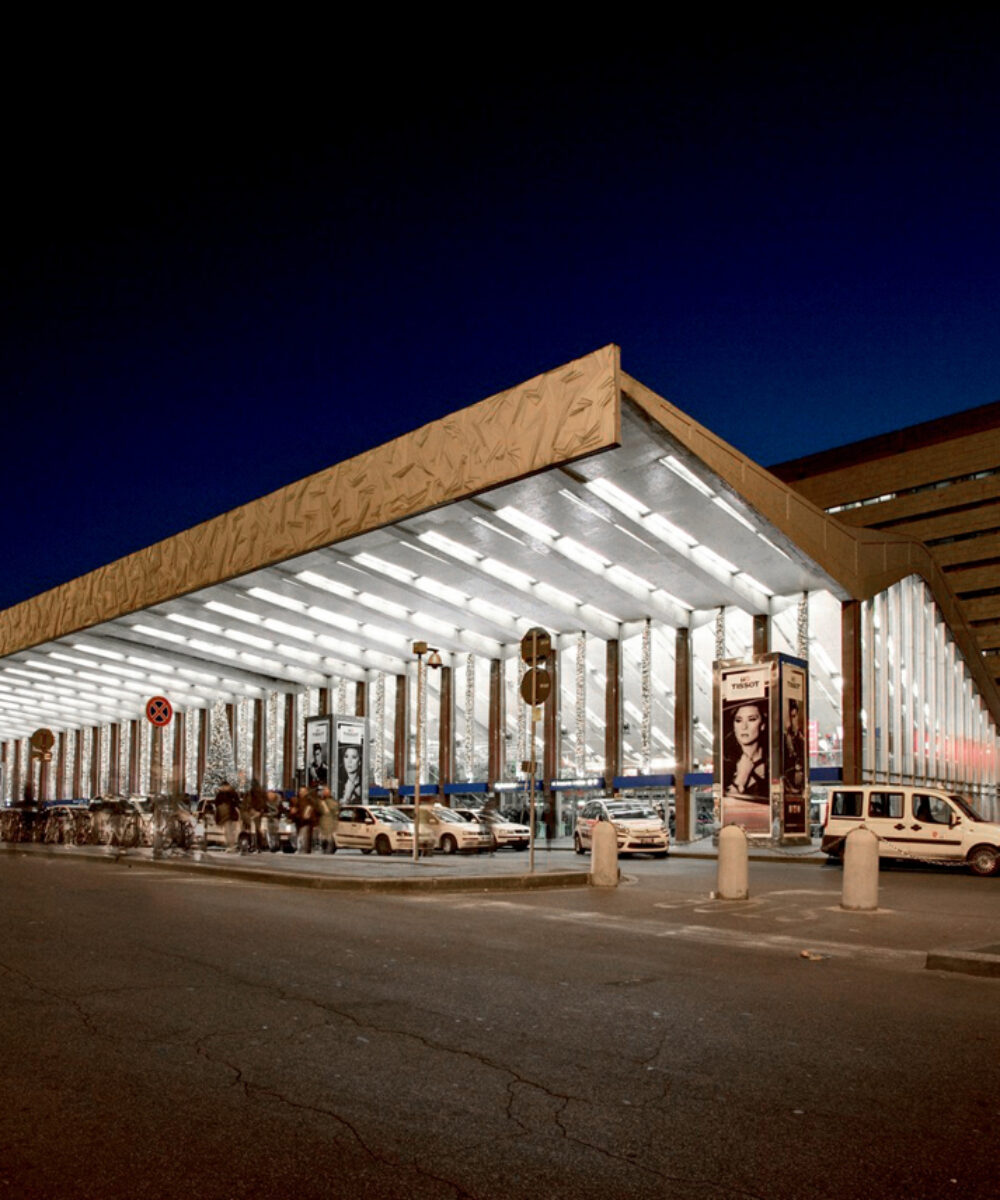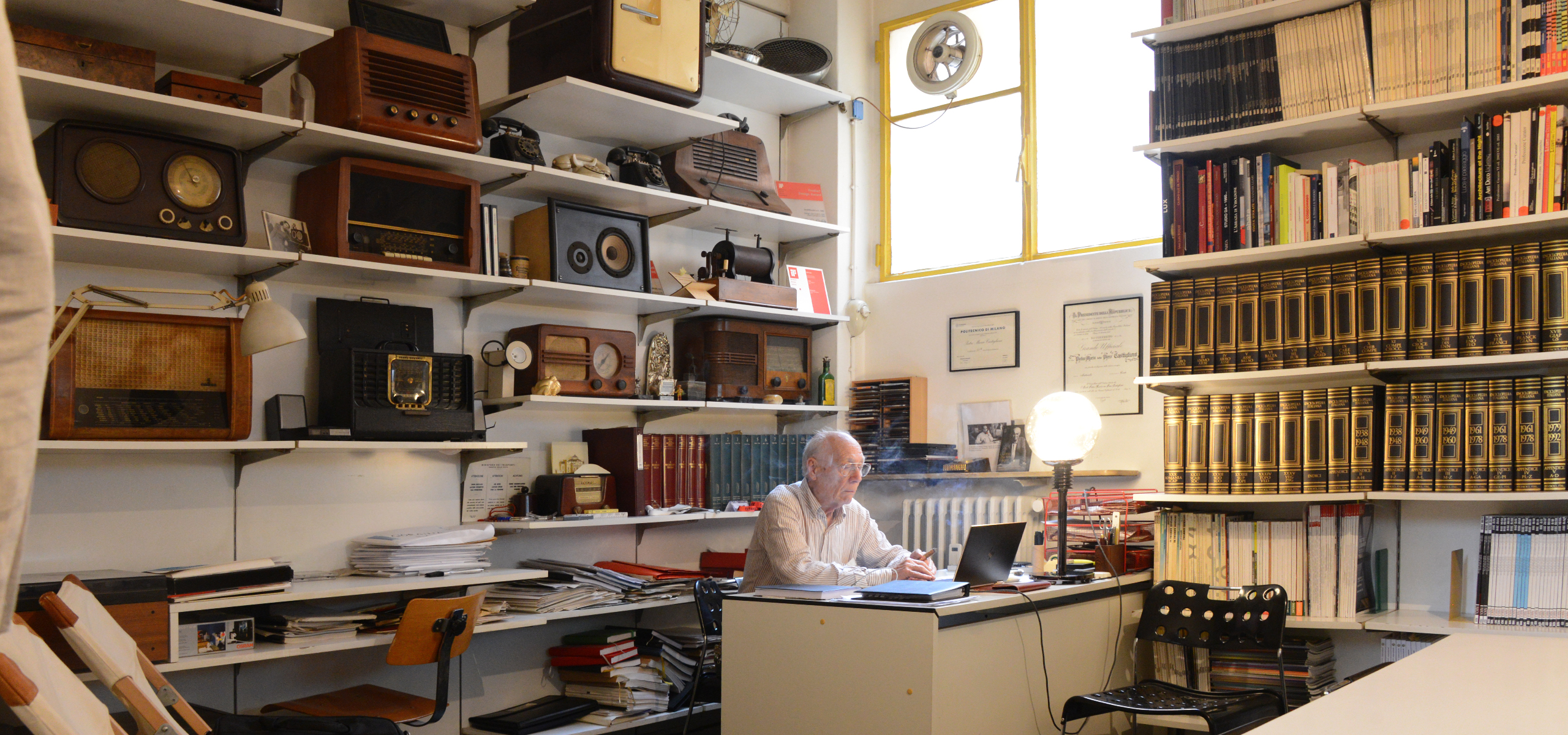
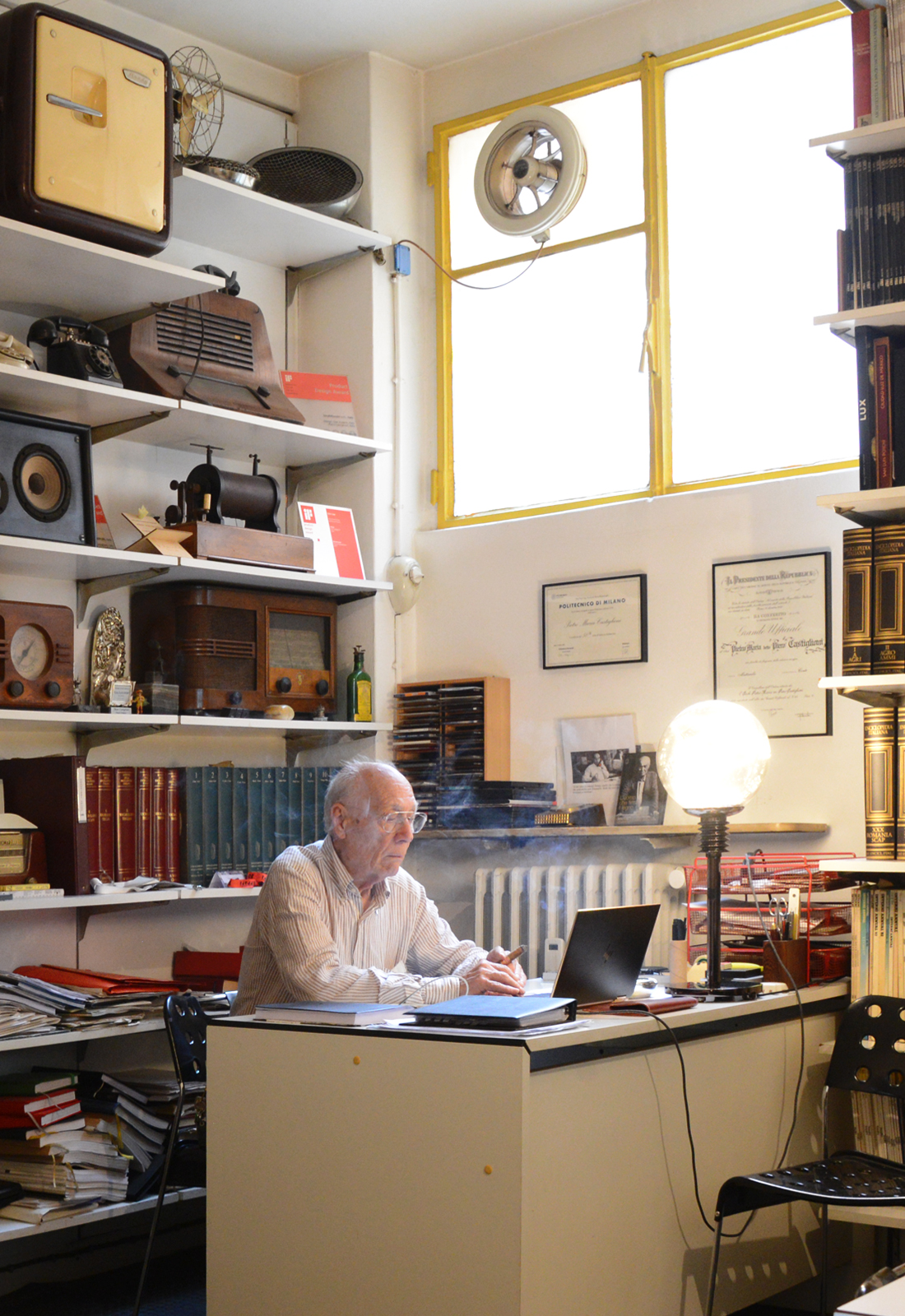
Piero Castiglioni, Contemporary Lighting Designer
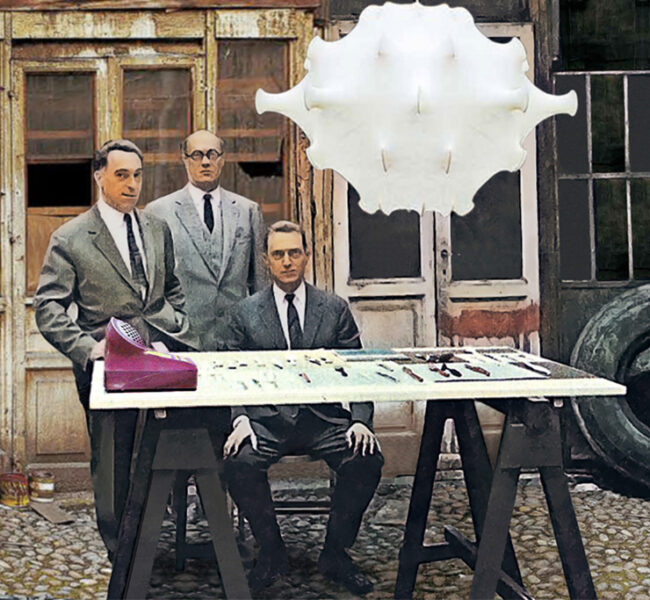
The three Castiglioni brothers, Livio, Pier Giacomo, and Achille were part of the history and tradition of Italian contemporary lighting designers. They were the sons of Giannino Castiglioni, a masterful Italian sculptor of the 1900s. Livio’s son, Piero Castiglioni, was born in Lierna, on Lake Como, in January 1944. He too works in the Italian design setting. He carefully researches light sources and their technology and has dedicated his life exclusively to the study of lighting.
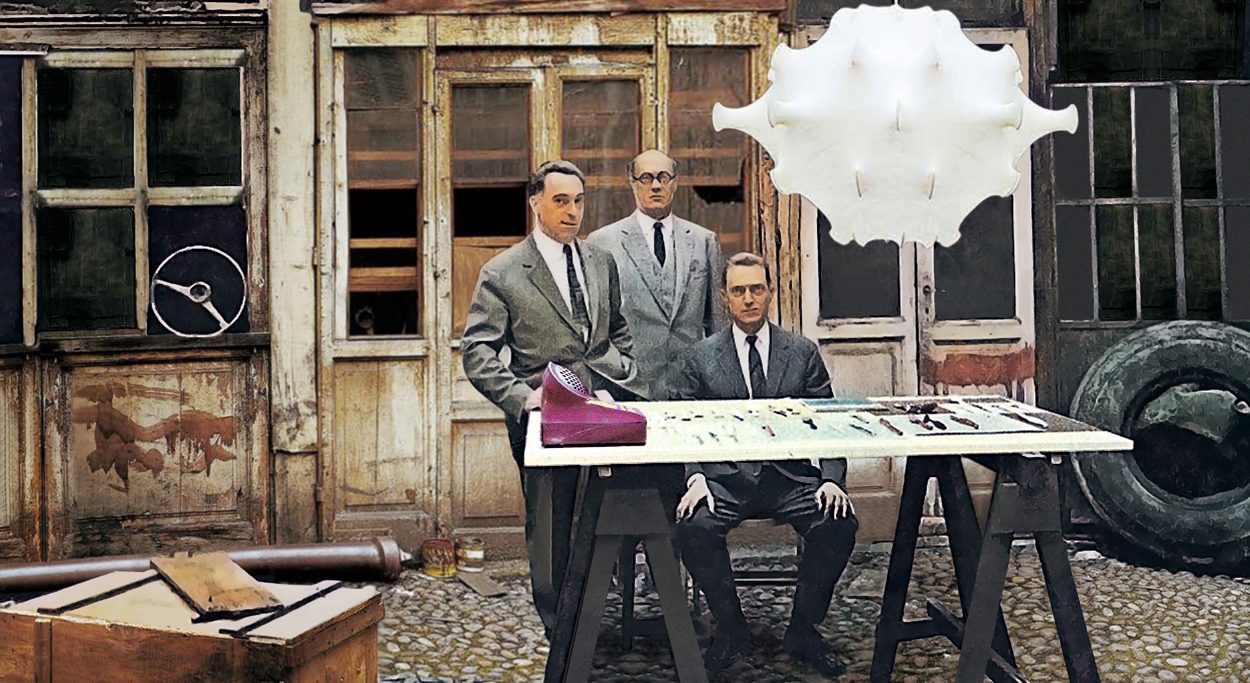
Design encountered light and created the figure of the contemporary lighting designer. He traced a path working in partnership with the architects Gae Aulenti and Renzo Piano. The Musée d’Orsay in Paris, Grassi Palace in Venice and the Church of the Savior on Spilled Blood in Saint Petersburg, Russia were the results of experimentation with new forms to create a culture of lighting. The method behind contemporary lighting designer Piero Castiglioni's work is characterized by the free interpretation of each project in its context, without preconceptions. The methods of intervention are dictated by a careful interpretation of the setting.
Video: "Pier Giacomo 100 volte Castiglioni", produced by ISAI design academy, curated by Piero Puggina. Video interview with Piero Castiglioni, architect and lighting designer, son of Livio Castiglioni — Milano, June 2013, produced for the exhibition: "1913-2013. Evento di La Città dell'architettura n°1", 6th September–6th October 2013, Basilica Palladiana, Vicenza.
Piero Castiglioni: Electrician, Architect, Contemporary Lighting Designer
Contemporary lighting designer Piero Castiglioni loves to refer to himself as "more of an electrician than an architect". His projects are the result of long and thoughtful research conducted in the field, within the architectural space, making use of a solid technical-scientific culture and empirical attitude, fed by constant experimental curiosity. In 1972, Piero Castiglioni and his father Livio joined forces and started working together in the studio at no. 5 Via Presolana. They produced the first artisan devices, using new "naked" halogen bulbs suspended on cables, which use the environment itself as a lighting diffuser: the Scintilla system was thus born.
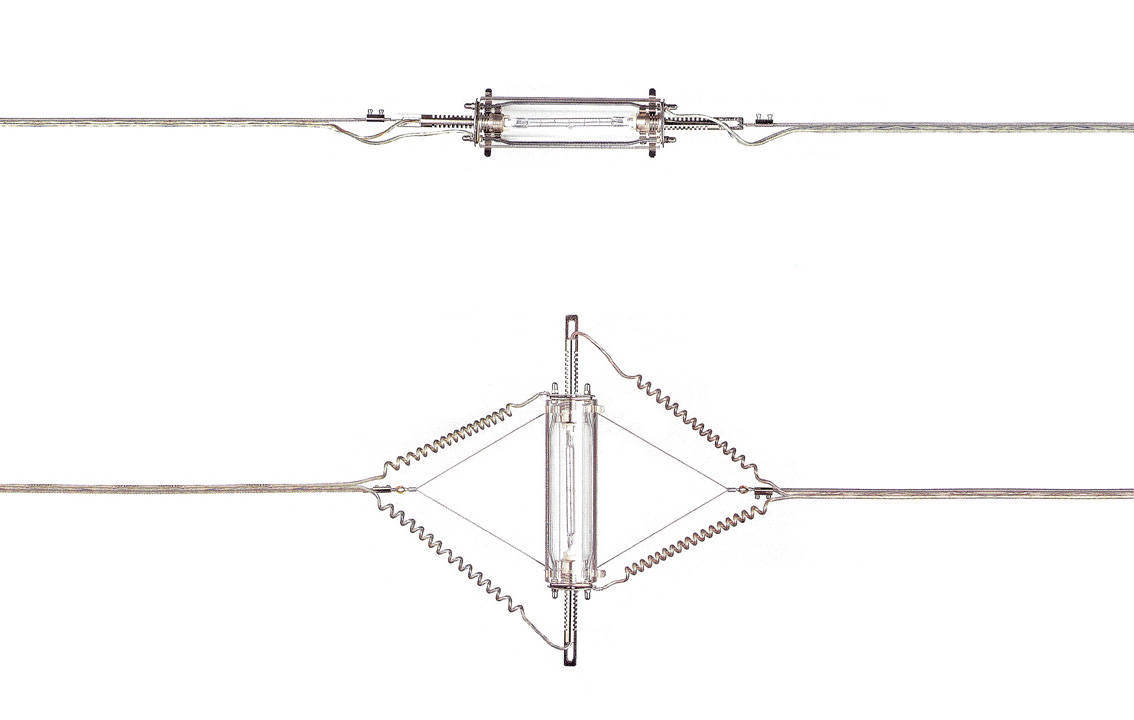
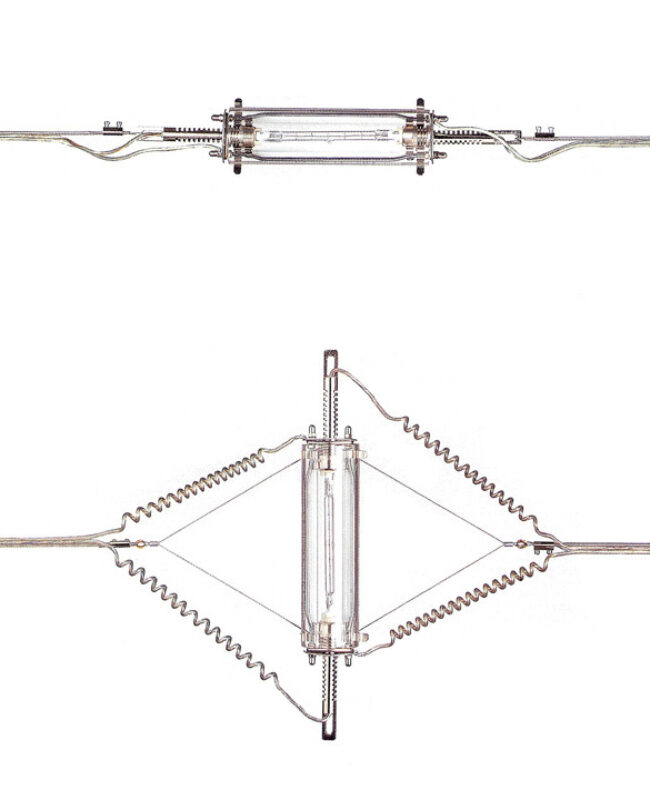
In 1979, Piero Castiglioni began working as a lighting designer for Fontana Arte, where Pierluigi Cerri worked as an image consultant and Gae Aulenti as art director. In 1983, artisan manufacture within the Via Presolana studio ceased, the "Scintilla System" rights were sold to Fontana Arte and its production began on an industrial level. Today, more than forty years after being put on the market, its success of the system continues, despite the advent of LED lights that still do not reach high emission power. The contemporary lighting designer arose, above all, from an interest in light as a visible manifestation of energy; its use is always a tug-of-war between functionality, surprise, amazement, and playing with the visual material.

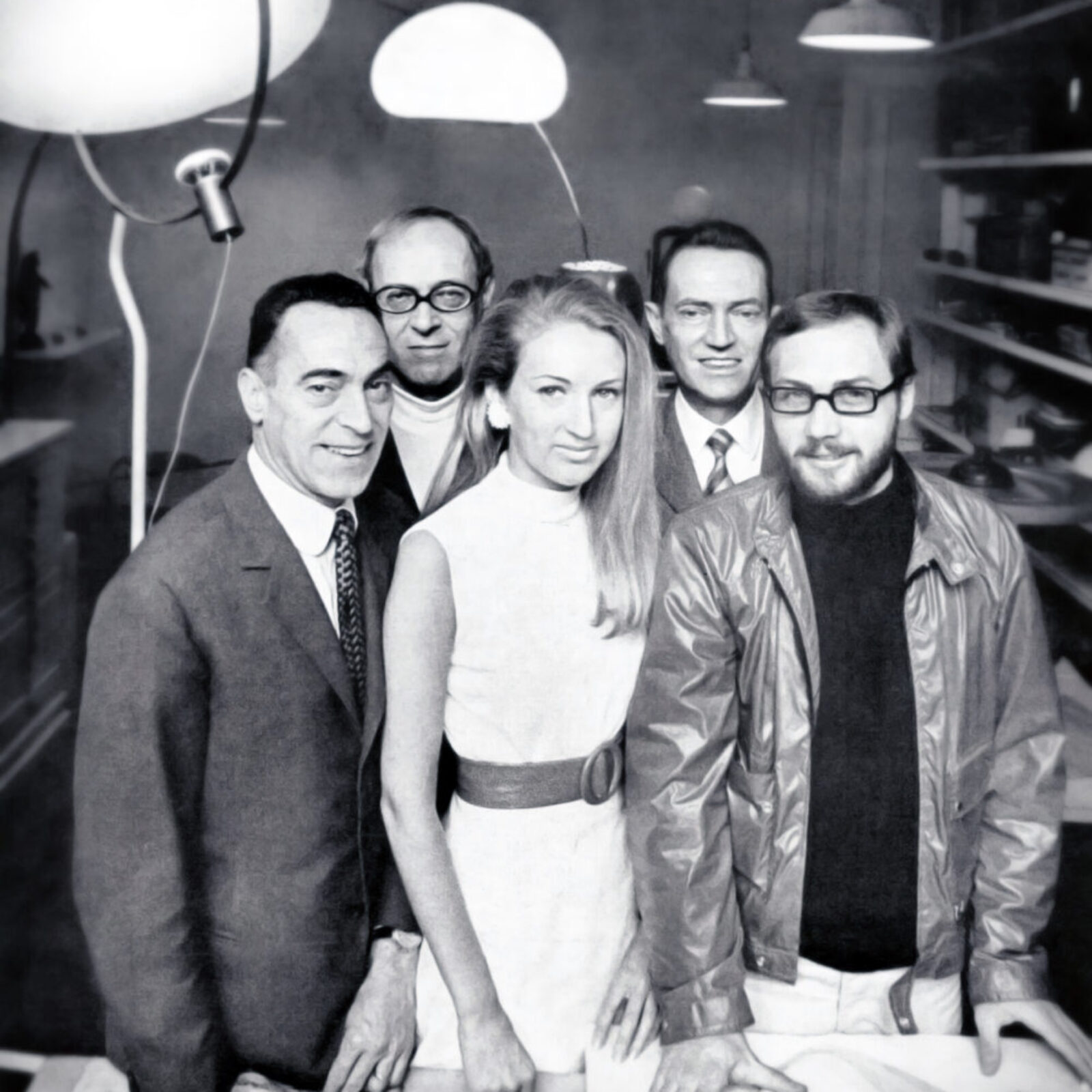
For the Castiglioni family, architect Vittorio Gregotti argued, "the question of the contemporary lighting designer, of his treatment and even more of the electricity and of his techniques of conducting and diffusing, possesses a symbolic charm as well as a formal splendor. One could say that theirs is a futuristic interest not in formal elements, but in light as a ductile and brilliant technical miracle of modernity". Research within the world and the tools of the lighting designer brings Piero Castiglioni's role closer to that of a director of photography, who, in the tradition of Italian cinema is often recognized as a co-author and creator of narrative invention.
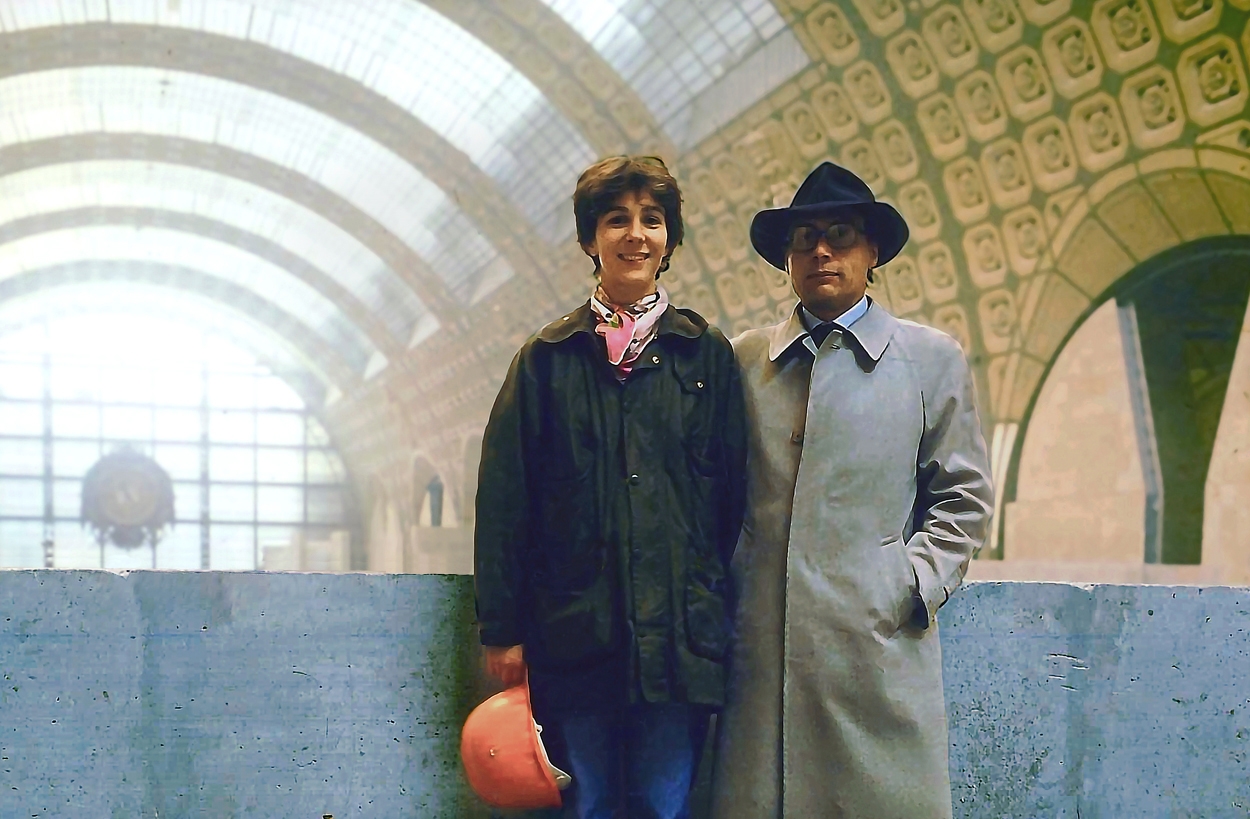

From the concept of sparkling light with diffused glare, with which Piero Castiglioni stood against the lighting orthodoxy of the seventies, to the new objectivity proposed as an ethical attitude for lighting museums in the eighties, to the most recent positions on the need to naturalize the artificial aspects of the workspace, the role of the contemporary lighting designer is always aimed at reversing common practices— proposing forms of thought and concepts more suited to the contemporary dimension, with an the awareness that light really can be considered in a different way.
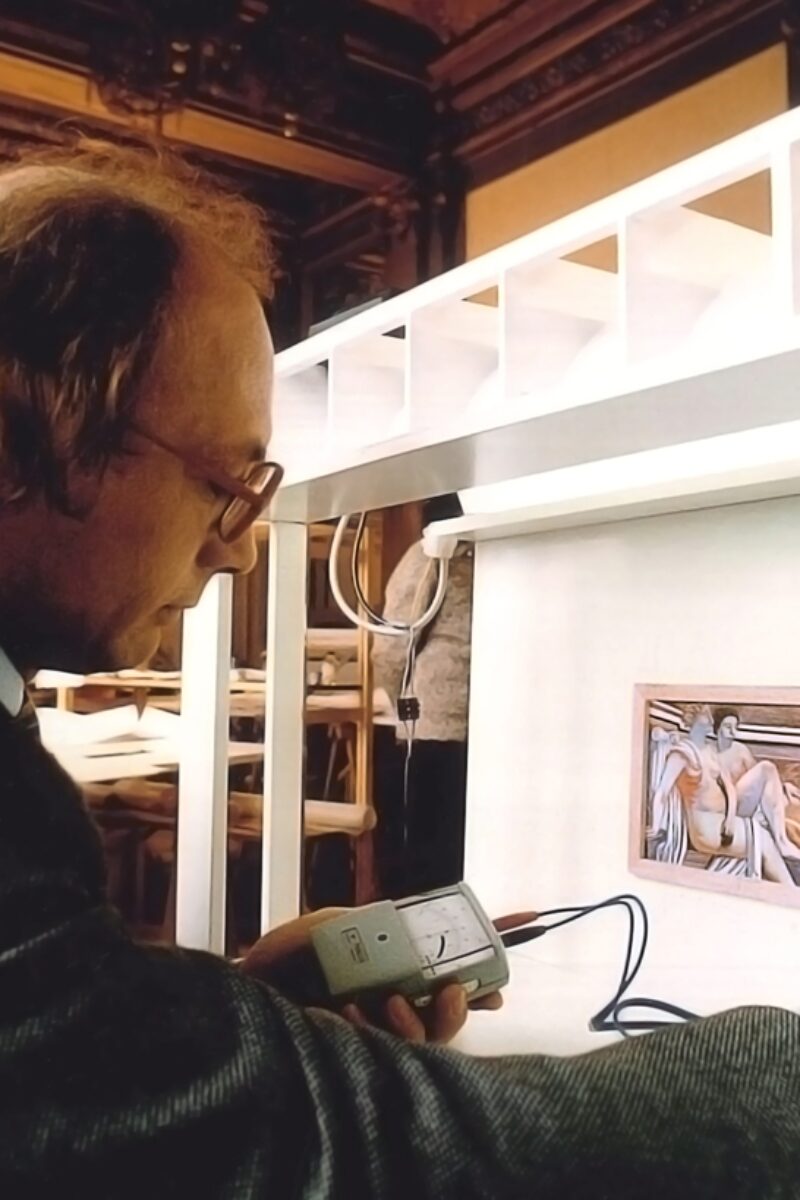
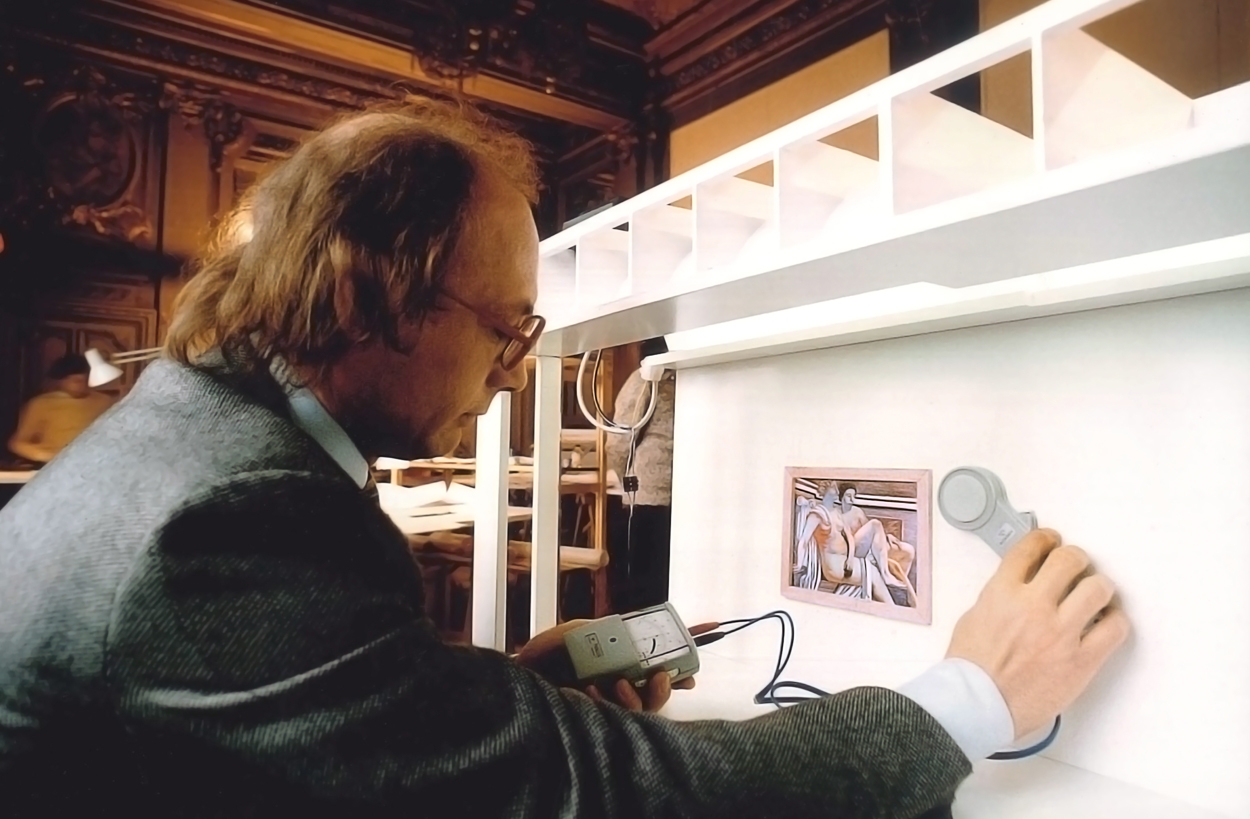
Via Presolana Studio, Milan
The role of the contemporary lighting designer was confirmed in the eighties as one of the fundamental tools for defining a new approach to the exhibition space and museum, becoming one of the privileged fields of experimentation. The lighting designer also began to play a central role in strategies for enhancing cultural heritage. Superintendents, museum directors, curators, conservators, technicians, and architects expressed themselves on the relationship between light and the works. During those years, Piero Castiglioni presented himself as an interpreter, capable of working with light, straddling the dimensions of architecture and of the exhibition project, controlling the regulatory, functional and technical aspects, and finding significant solutions to the problem of the relationship between natural light, artificial components, and the interpretation of the exhibited works.

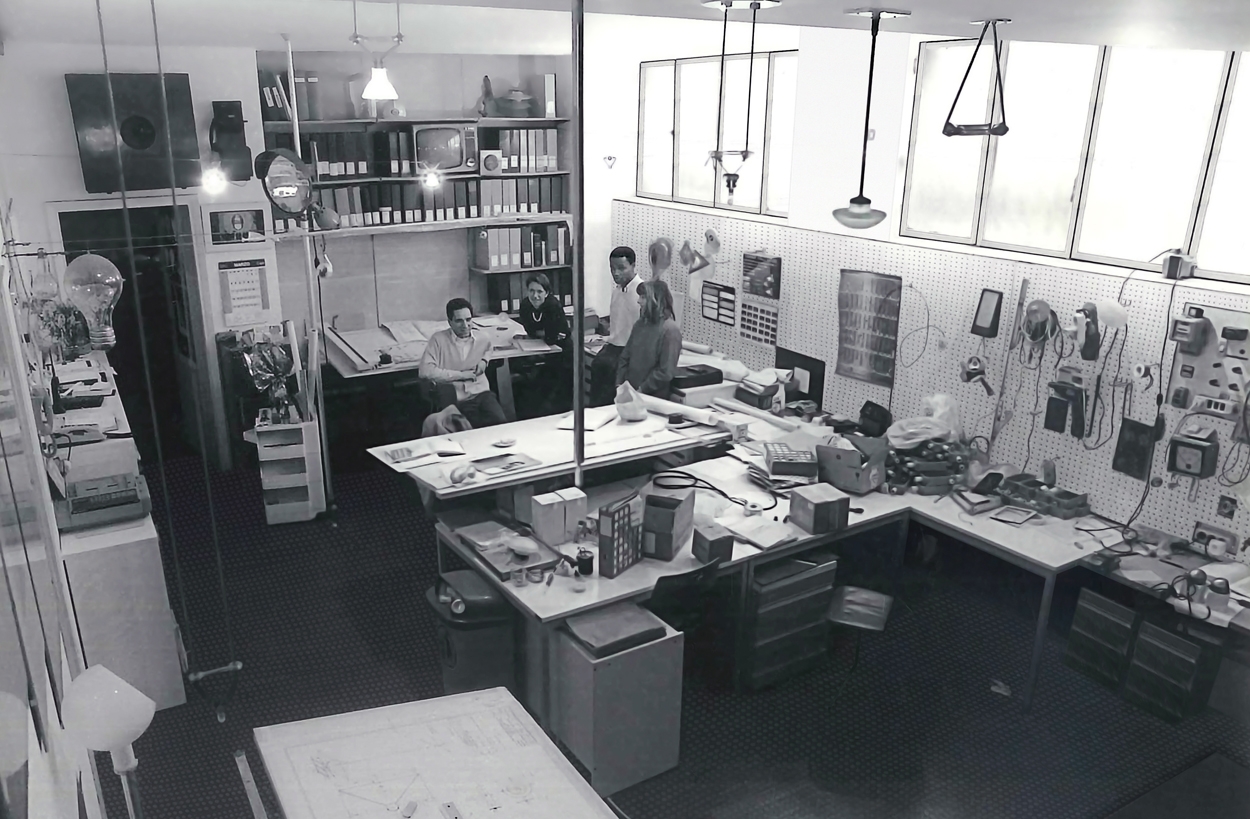
As of the mid-eighties, for a decade, Piero Castiglioni dealt with product design, defining several evolutionary concepts regarding the idea of a system. The role of the contemporary lighting designer is to establish a relationship between the design of the object and the idea of light, the way it is controlled, and its relationships precede thinking about the form of the device. Piero Castiglioni starts with direct and deep knowledge of light sources, from the most traditional to the most sophisticated.

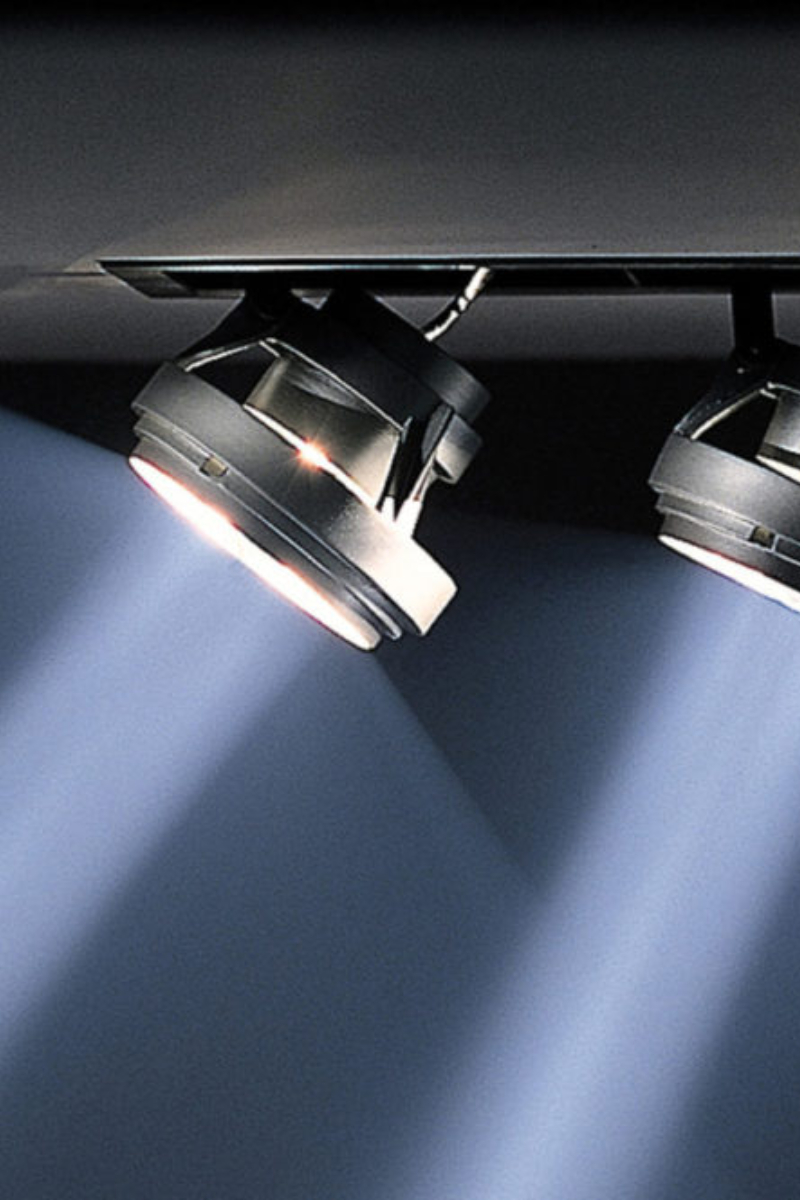
He is aware that the light fixture is, above all, a device, which must allow light to exert the effect or set of effects for which it has been planned. The contemporary lighting designer follows three guidelines, which reflect design attitudes: light and architecture in the urban setting, light in the relationship between different artworks, and light in points of sale.

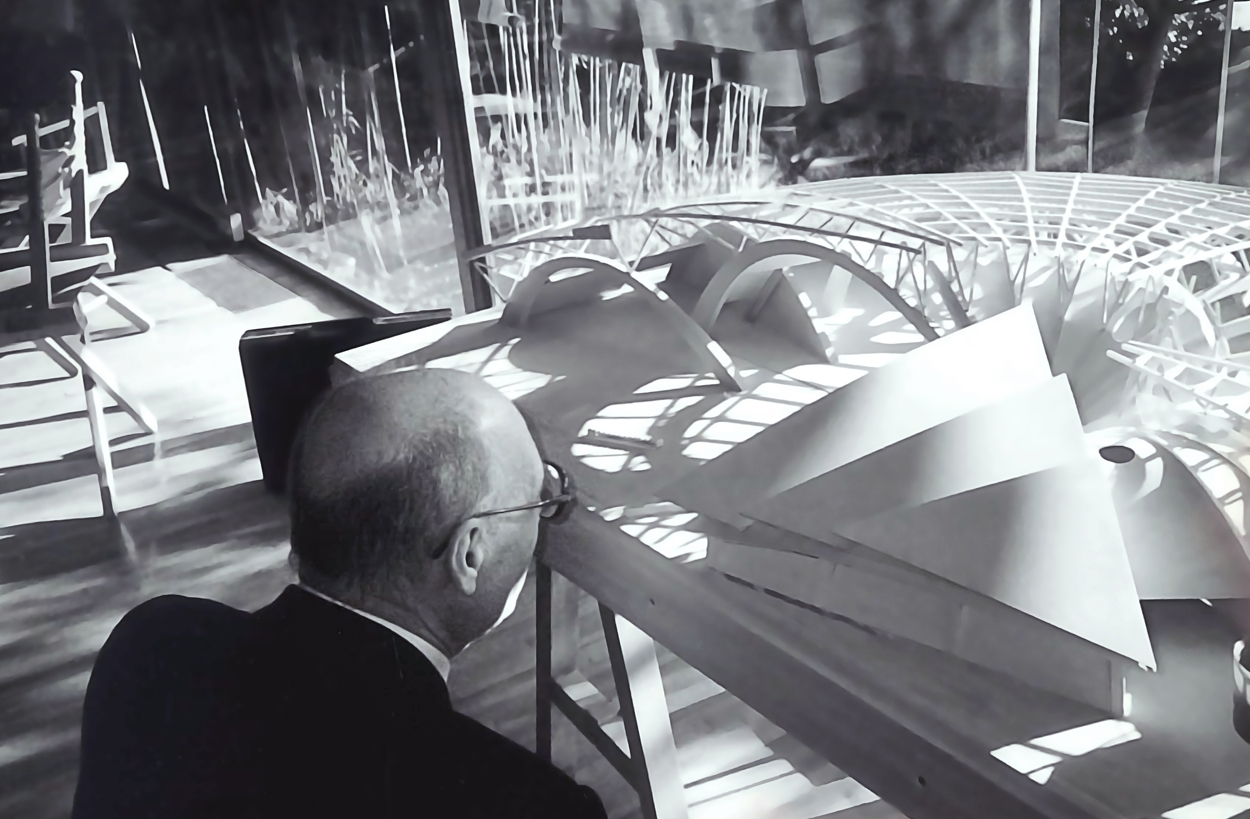
In the Musée d’Orsay, architecture became a big lighting device with the reflection of lamps creating uniform lighting without shadows. Groups of projectors installed in Grassi Palace work as they would in a small football field. Here, a new type of lighting device was created. Reflector lamps and articulated supports brought the "Cestello" to life. The illumination of the façades of Spasa na Krovi saw early experimentation with the beam composition method: this enabled the size of the device to be reduced and light dispersion to be controlled.
In Piero Castiglioni's work "guidelines" can be identified, although his project approach is always different. Through light he defines the relationship between architecture and urban environment, as at Grassi Palace. Light becomes an instrument differentiation of spaces and paths. The artificial light control is important (Musée d'Orsay): the project is result study of the relationship between the light source and the reflection on surfaces (walls, ceiling, floor). These analyses lead to the choice of the type, location and orientation of the sources.
Piero Castiglioni: The Architect of Light
In the '70s began his activity as Architect of light in Via Presolana 5 Studio, Milan. His light interest manifests itself through the integration and use of artificial light as a component of architectural space. More than 1000 projects all over the world, a long career that has reached its 50° year of activity. A gallery’s projects, consisting of a works selection, distinguish the studio’s design philosophy.
Architect Piero Castiglioni maintains that lighting project is comparable to the architectural project, articulated and changeable according to technological developments and the cultural evolution models, it does not follow patterns or styles. He compares his profession as a surgeon: each intervention is always different from the previous one. "The secret to produce a good project is reset all the memories and analyze the context in which the object is located, before operating on it. If I can do it well, it is he who tells me how he wants to be lit".


